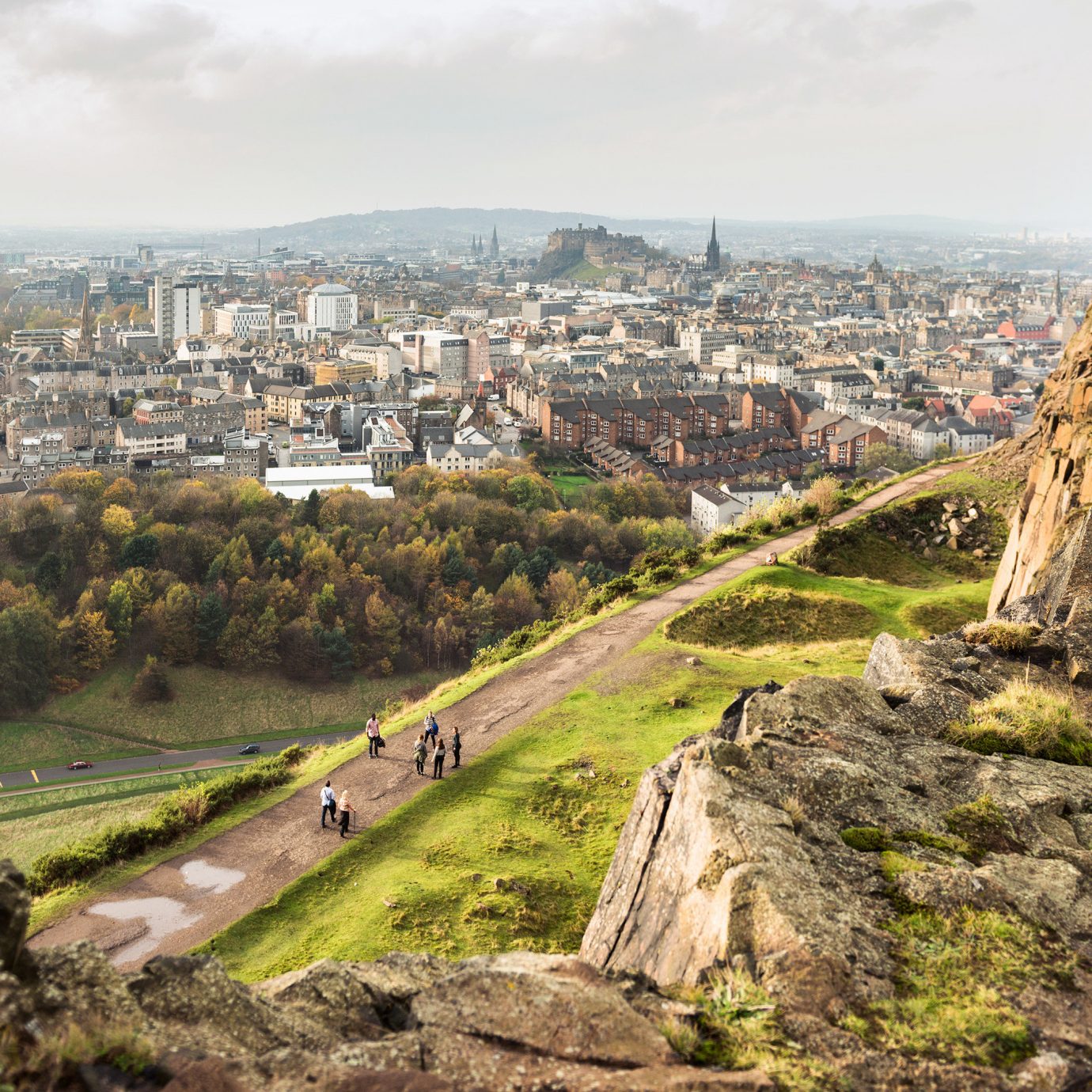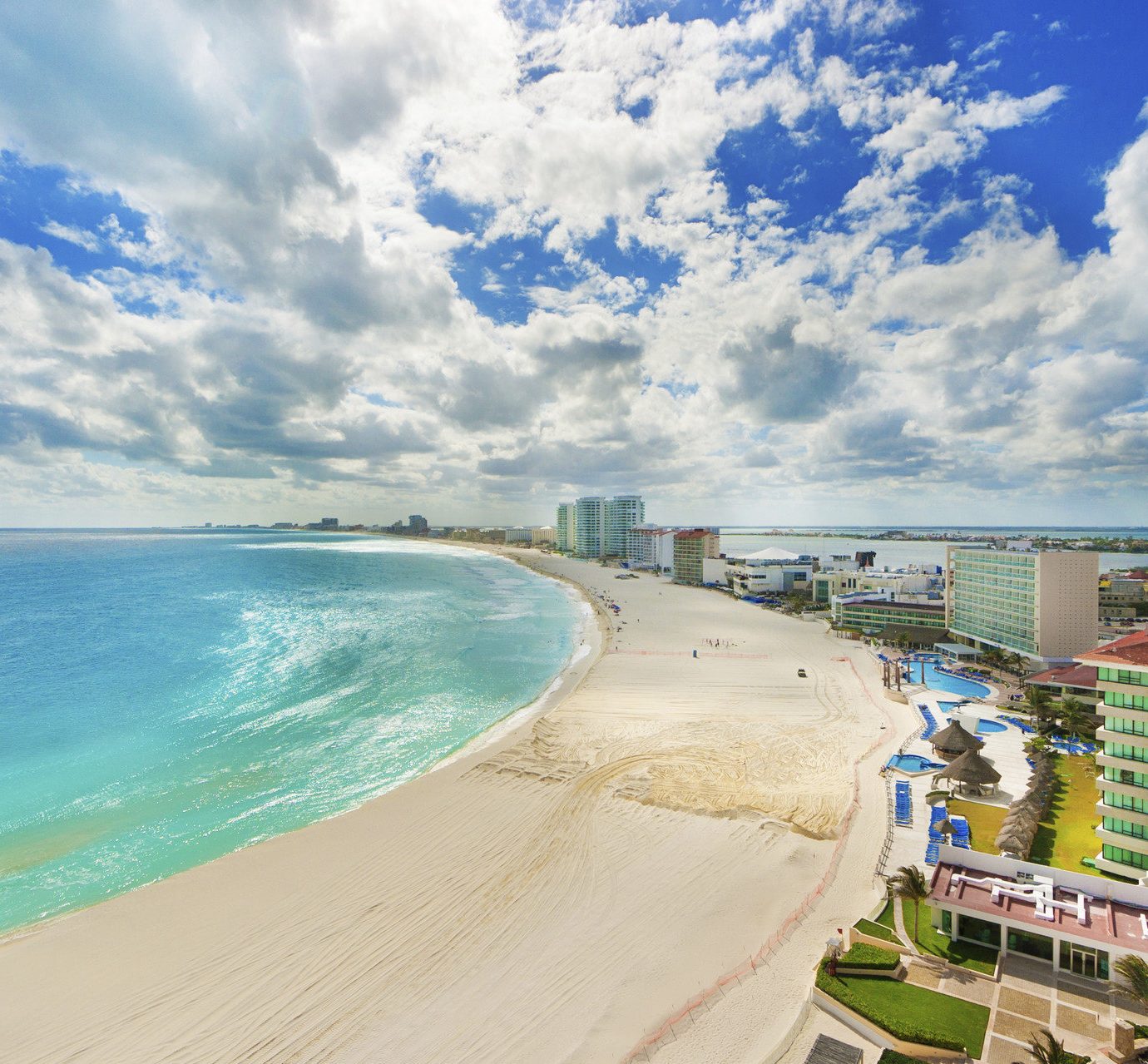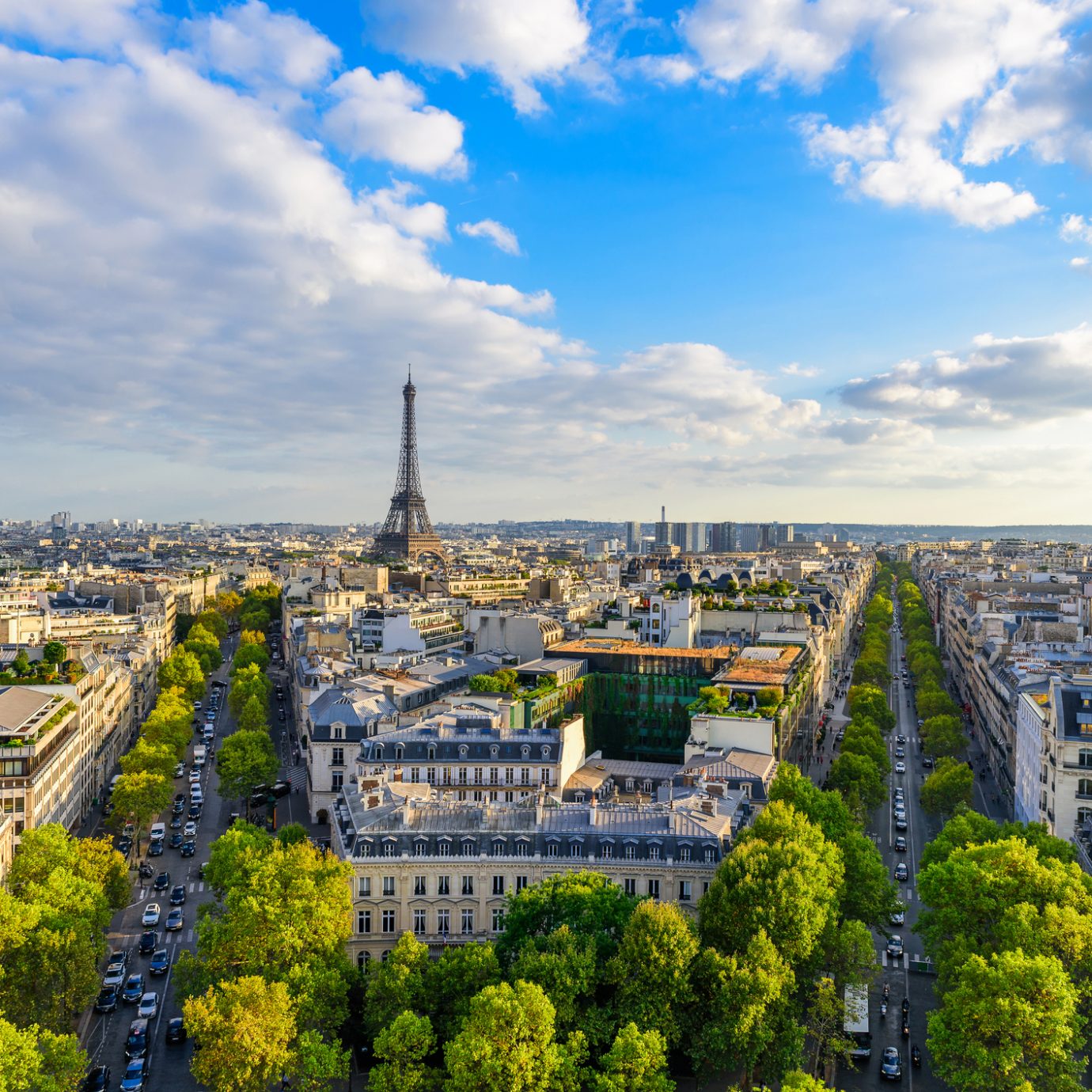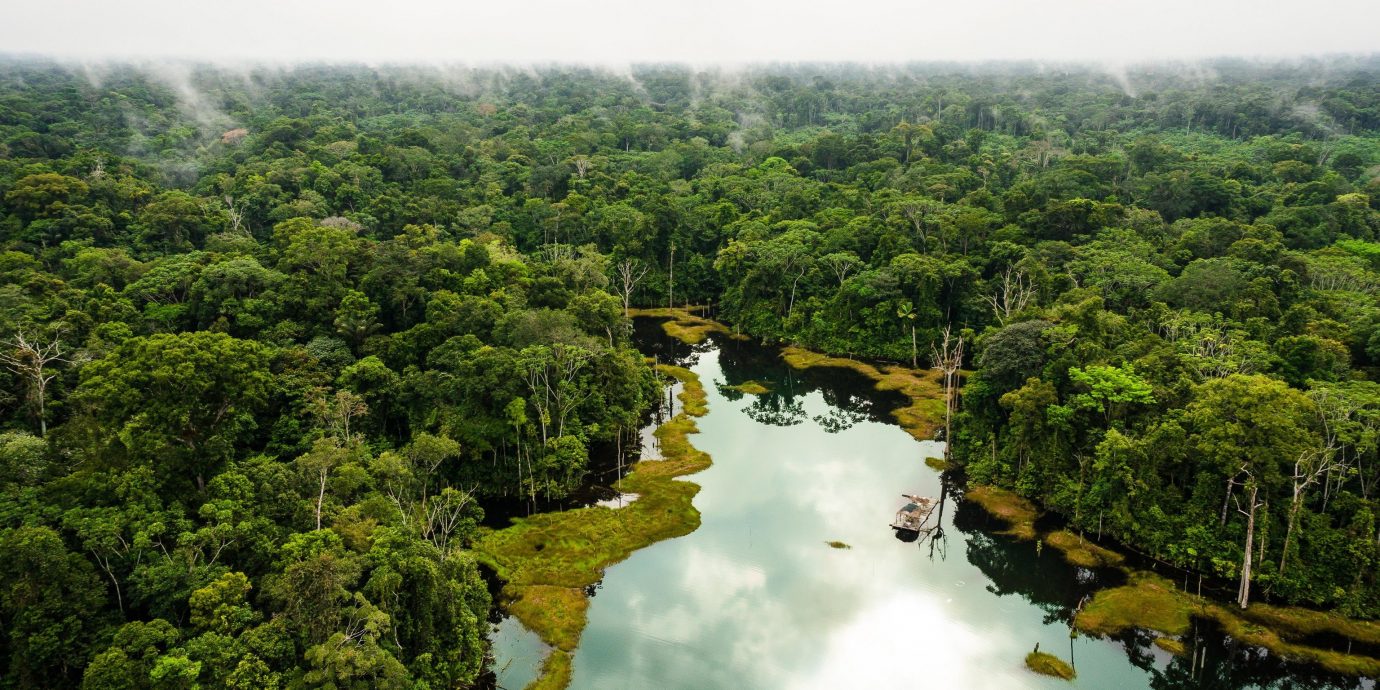
9 Things to Know Before Going to the Peruvian Amazon
Starting east of the Andes and running to the borders of Ecuador, Colombia, Brazil, and Bolivia, the Peruvian Amazon accounts for more than 60 percent of the country. An unrivaled destination for intrepid travelers interested in all things exotic flora and fauna, there are a few things you should know before you head off into the jungle. Here, 9 tips from recent Amazon adventurer and JS contributor Chelsea Stuart.
A Brooklyn-based writer and editor, Chelsea's work has appeared in Matador Network, The Huffington Post, the TripAdvisor blog, and more. When not planning her next trip, you'll usually find her drinking way too much iced coffee (always iced—she’s from New England) or bingeing a Netflix original series.
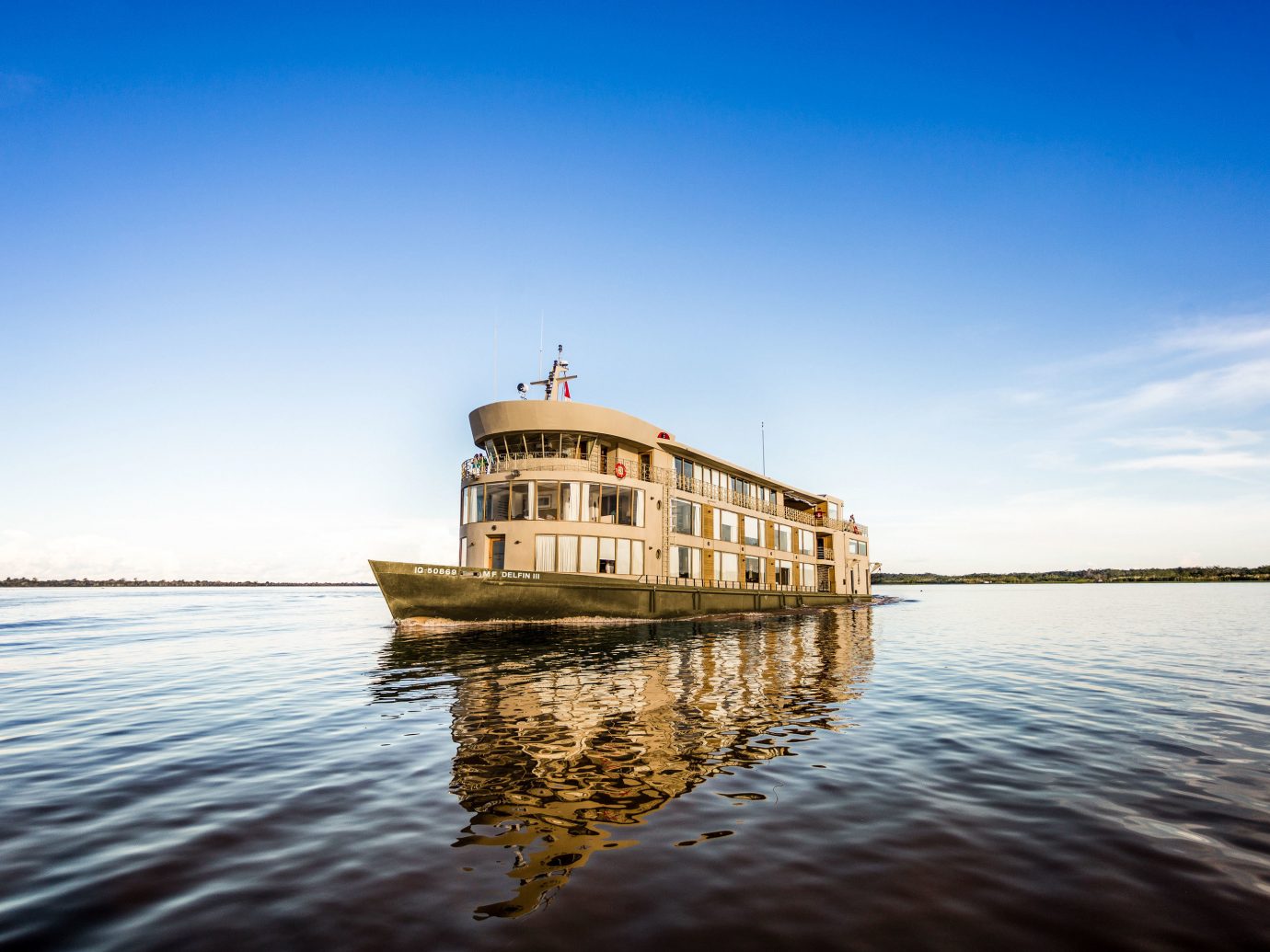
You Don’t Have to Rough It…Entirely
If you’re going on a trip to the Amazon, let’s be clear—you’re signing up for some grade-A (sometimes messy) outdoor adventures. But when you’re not hiking through a village en-route to a pond of giant lily pads; out spotting sloths in Pacaya Samiria National Reserve; swimming with pink dolphins in a blackwater tributary; or searching for caiman in the pitch black, you can retire to something a little more luxe than an eco-lodge. Delfin III—the newest in the Delfin Amazon Cruises fleet—offers daily immersive rainforest itineraries as well as 22 comfortable suites (with floor-to-ceiling windows that look out on the river), a serene spa, top-deck plunge pool, white tablecloth dining room, and plenty of Pisco Sours at the Canopy Lounge bar.
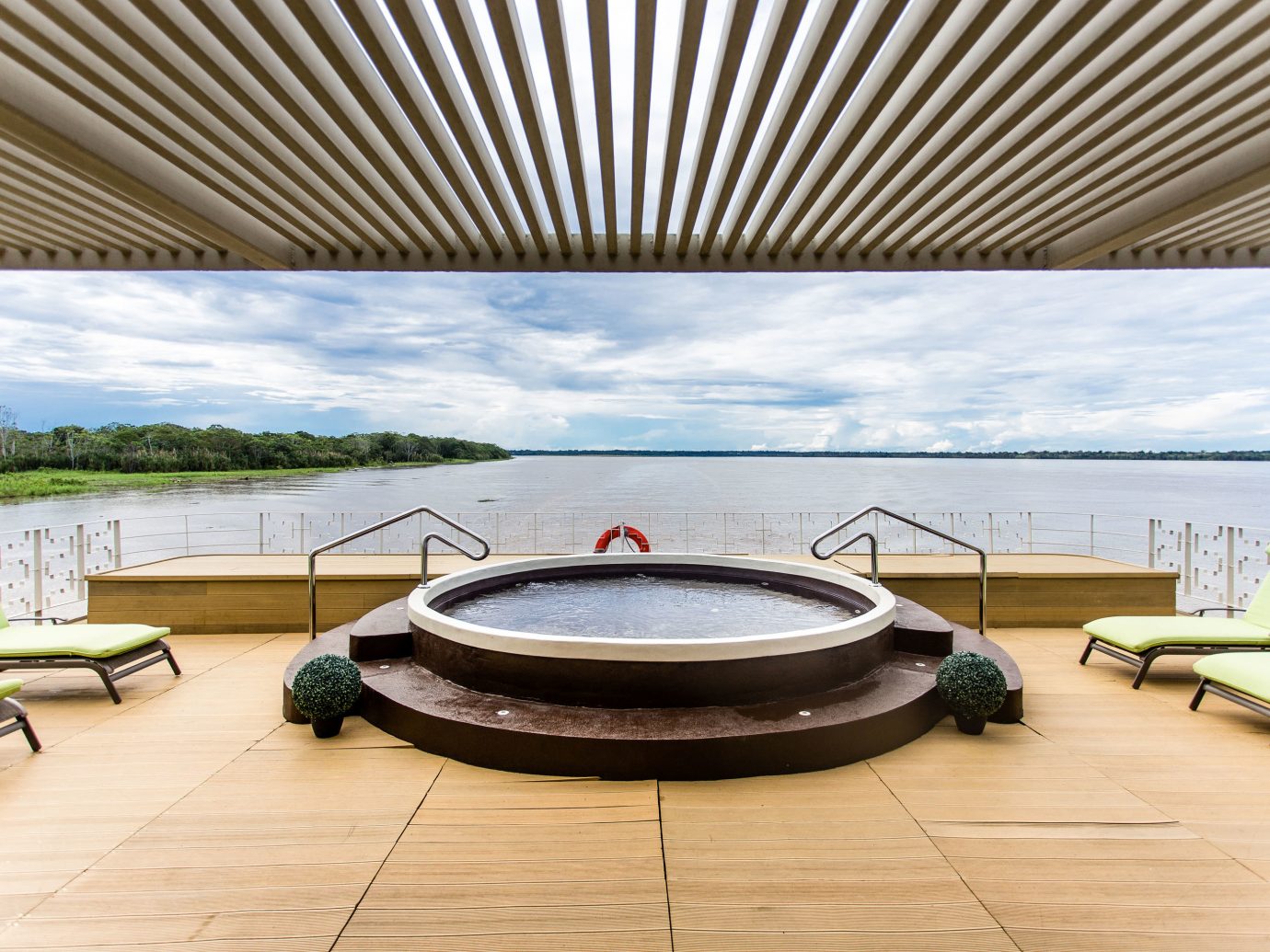
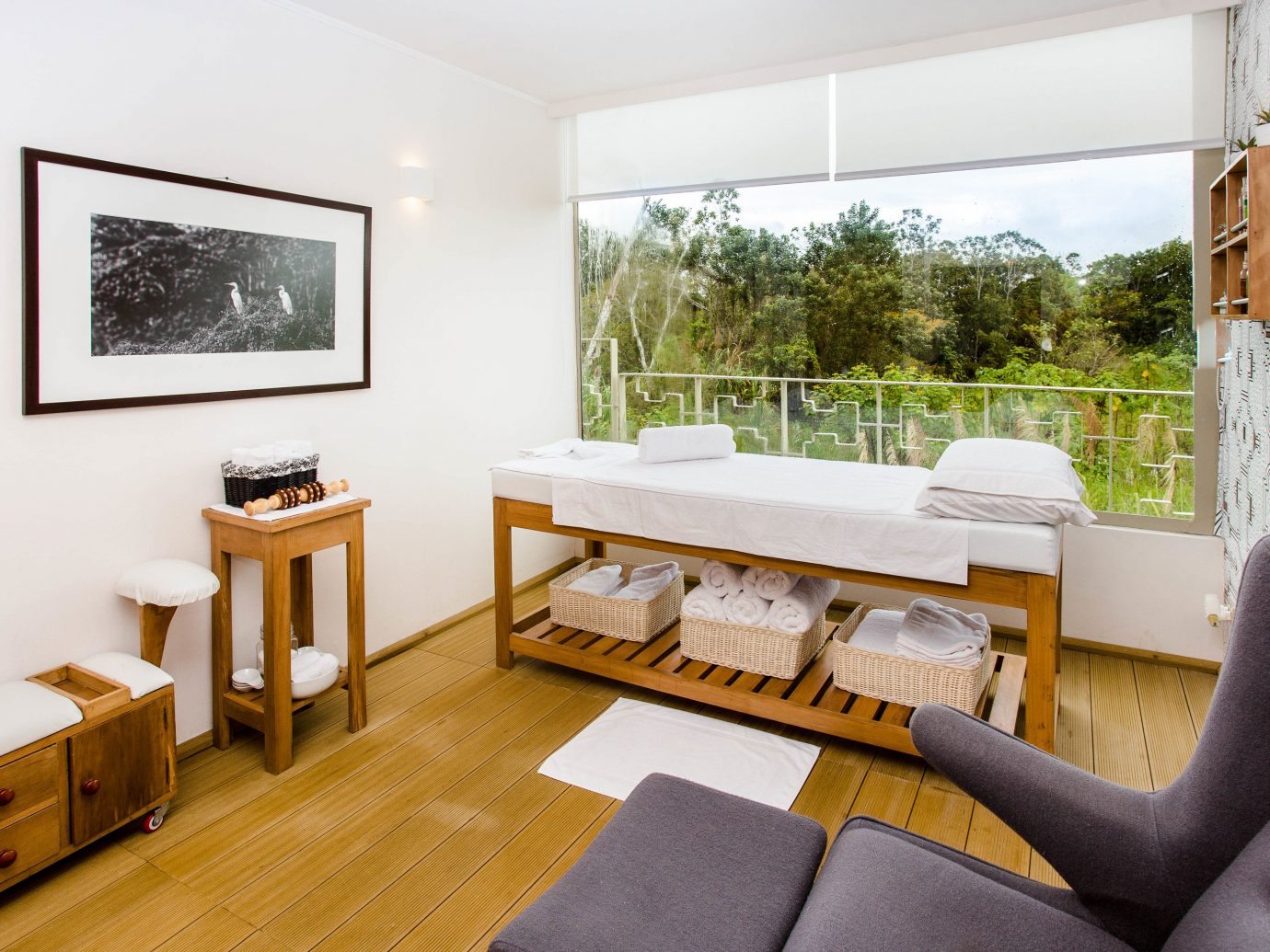
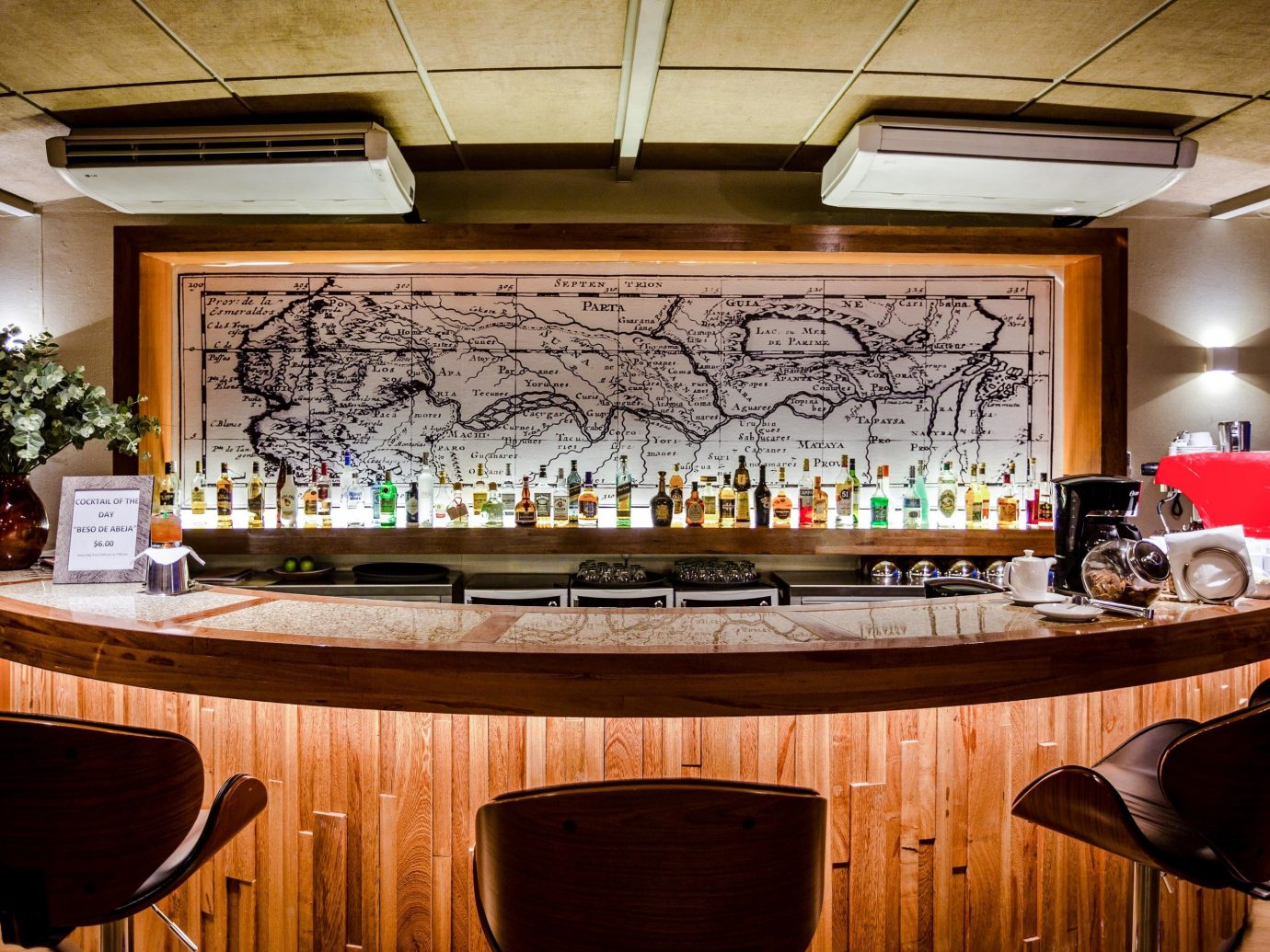
The Rainforest Has Two Distinct Seasons
The Peruvian Amazon has two very different looks depending on the month you visit. June to October is low water season—a preferable time for adventurers looking to explore the rainforest’s flora and fauna on foot. High water season begins in November and carries on until May; during this time, travelers can explore more isolated corners of the reserve and cruise down smaller tributaries via high-speed skiff.
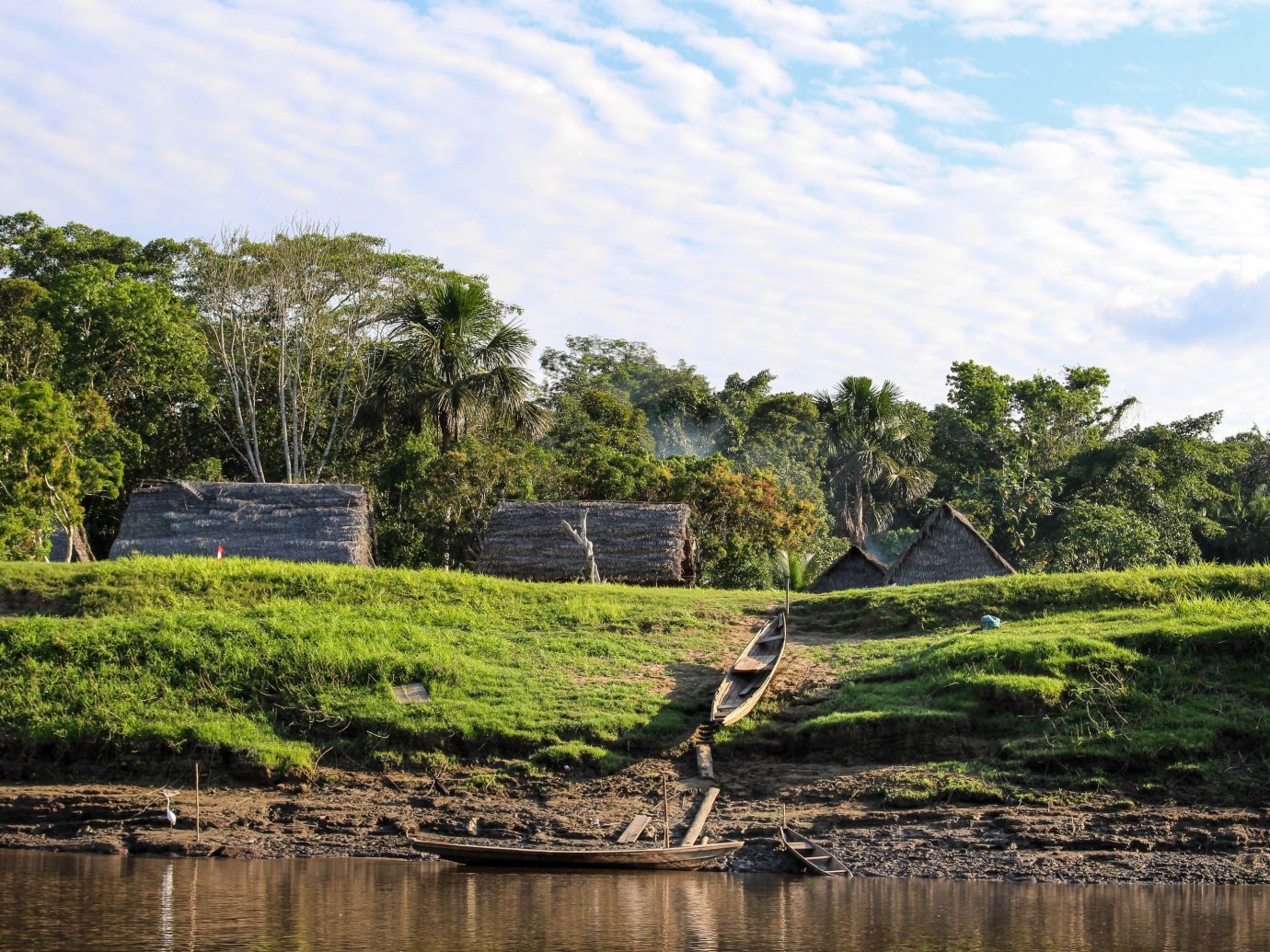
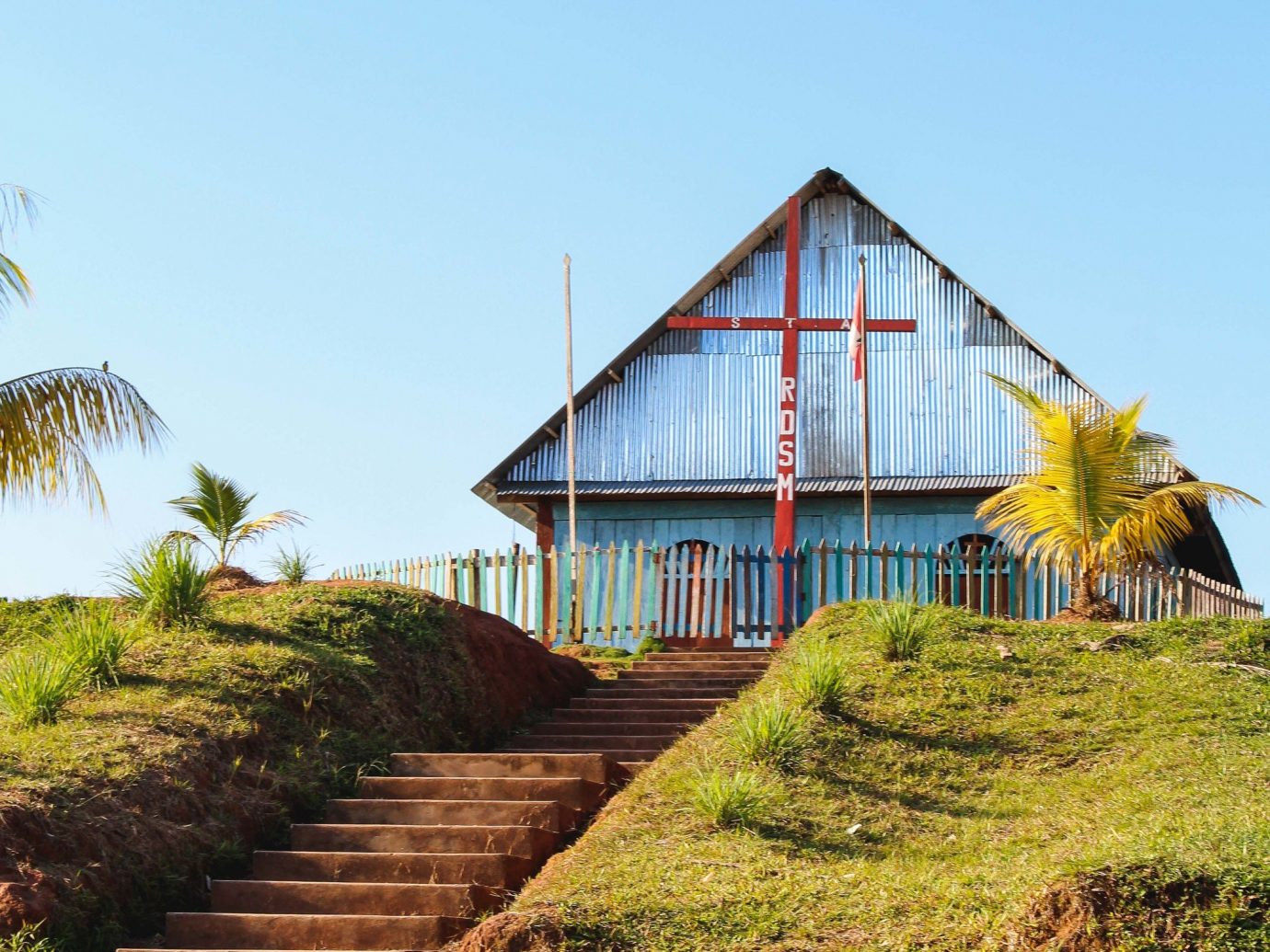
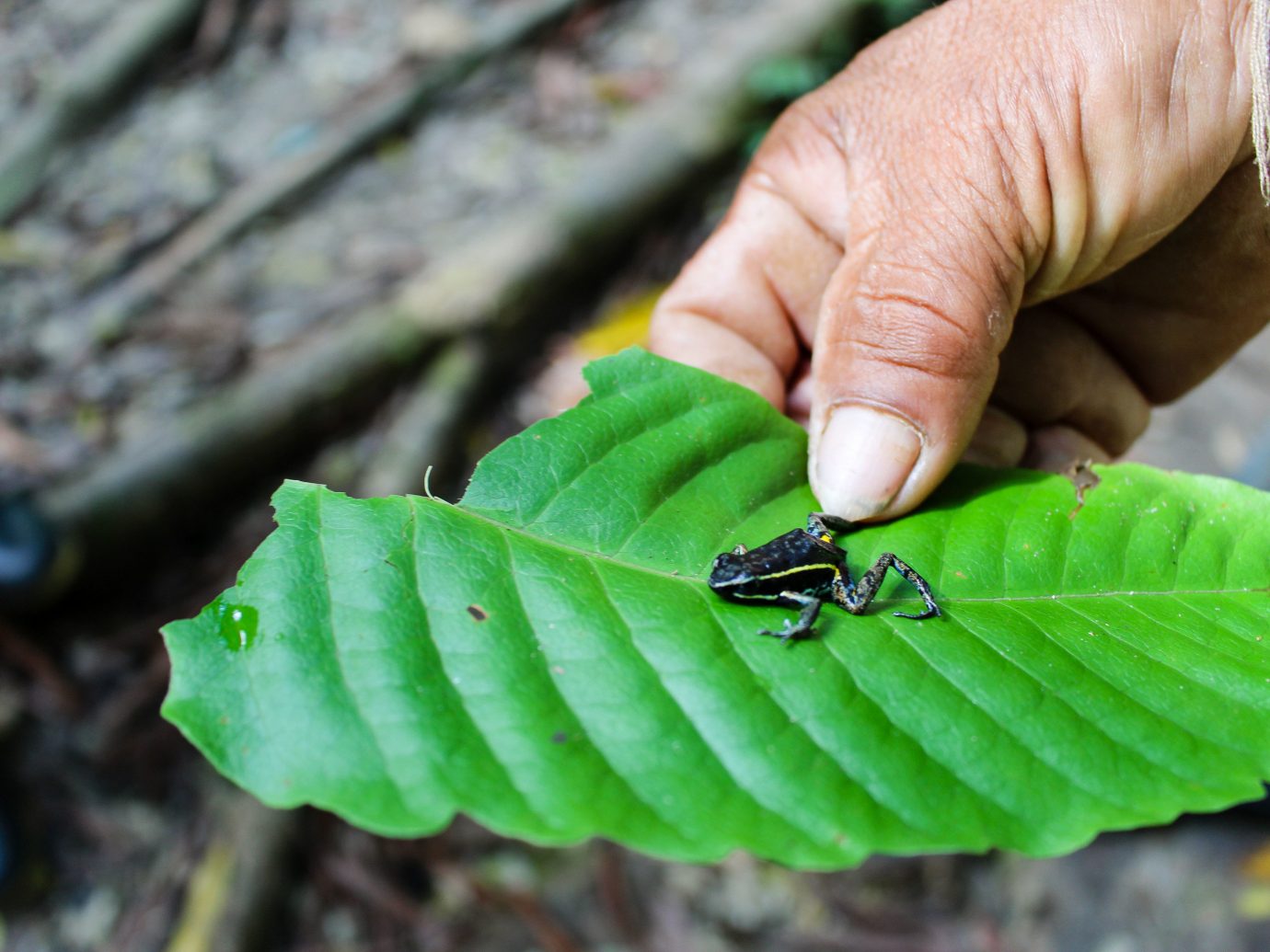
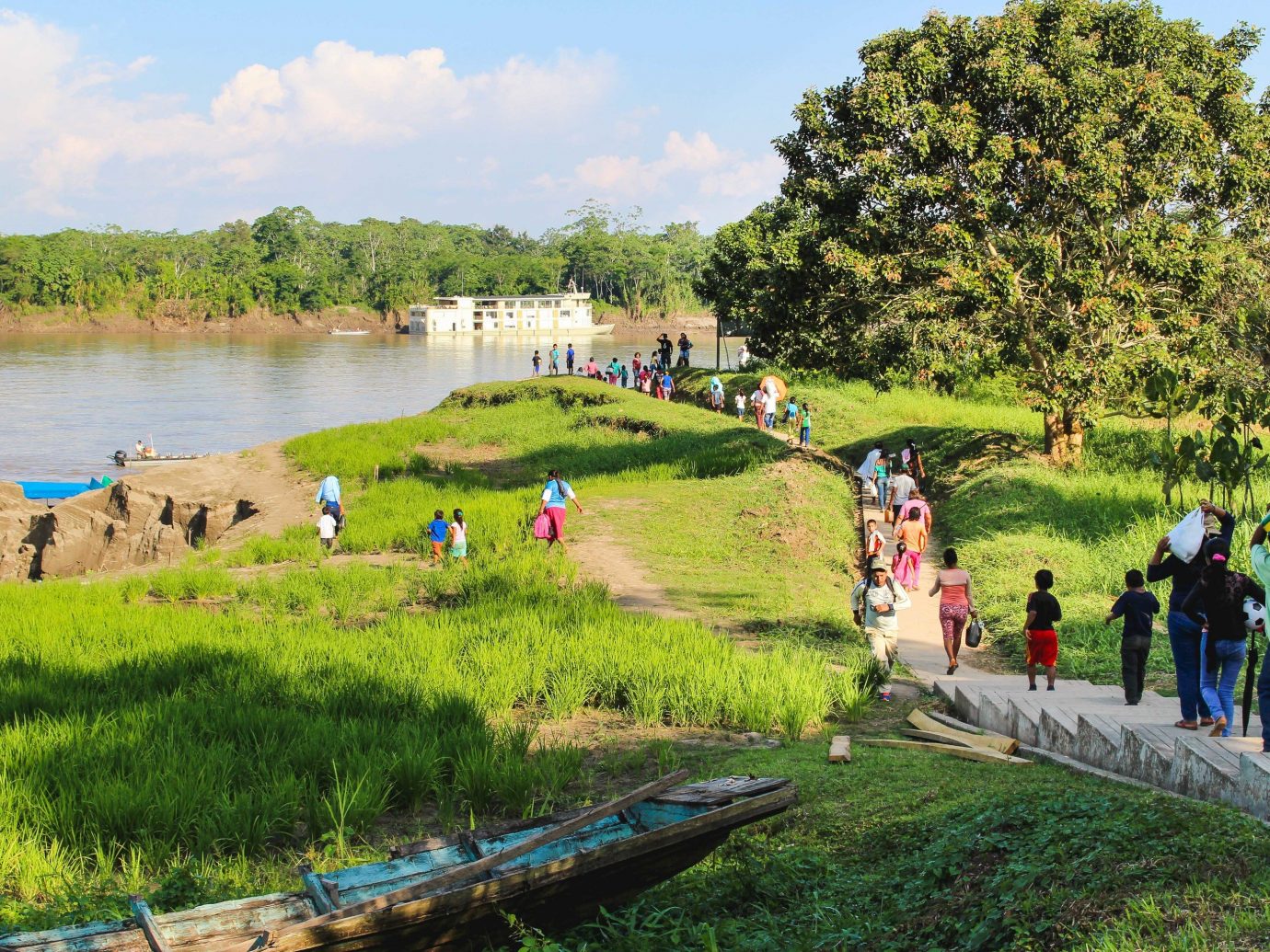
It’s Hot, But Think Twice About Packing Shorts
Despite the heat and humidity, long sleeves and long pants are an absolute essential. With pesky mosquitoes and the strong sun overhead, you’ll want to go for water-resistant (or fast-drying), breathable clothing that can be layered. You’ll also want a wide-brimmed hat, bathing suit (yes, you can swim in the Amazon), comfortable walking shoes, extra socks, and sunglasses.
RELATED: How to Pack a Suitcase: 8 Essential Products
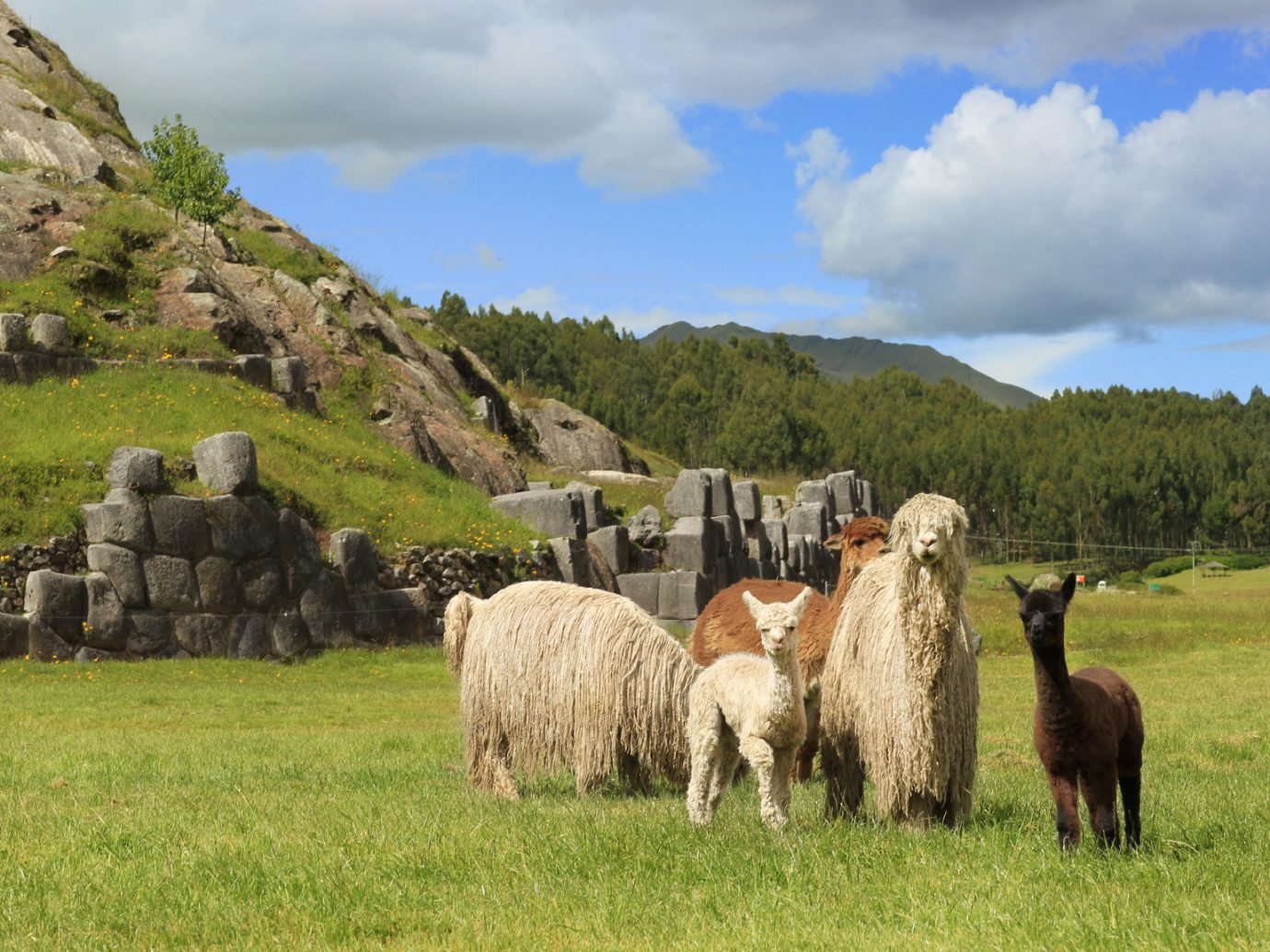
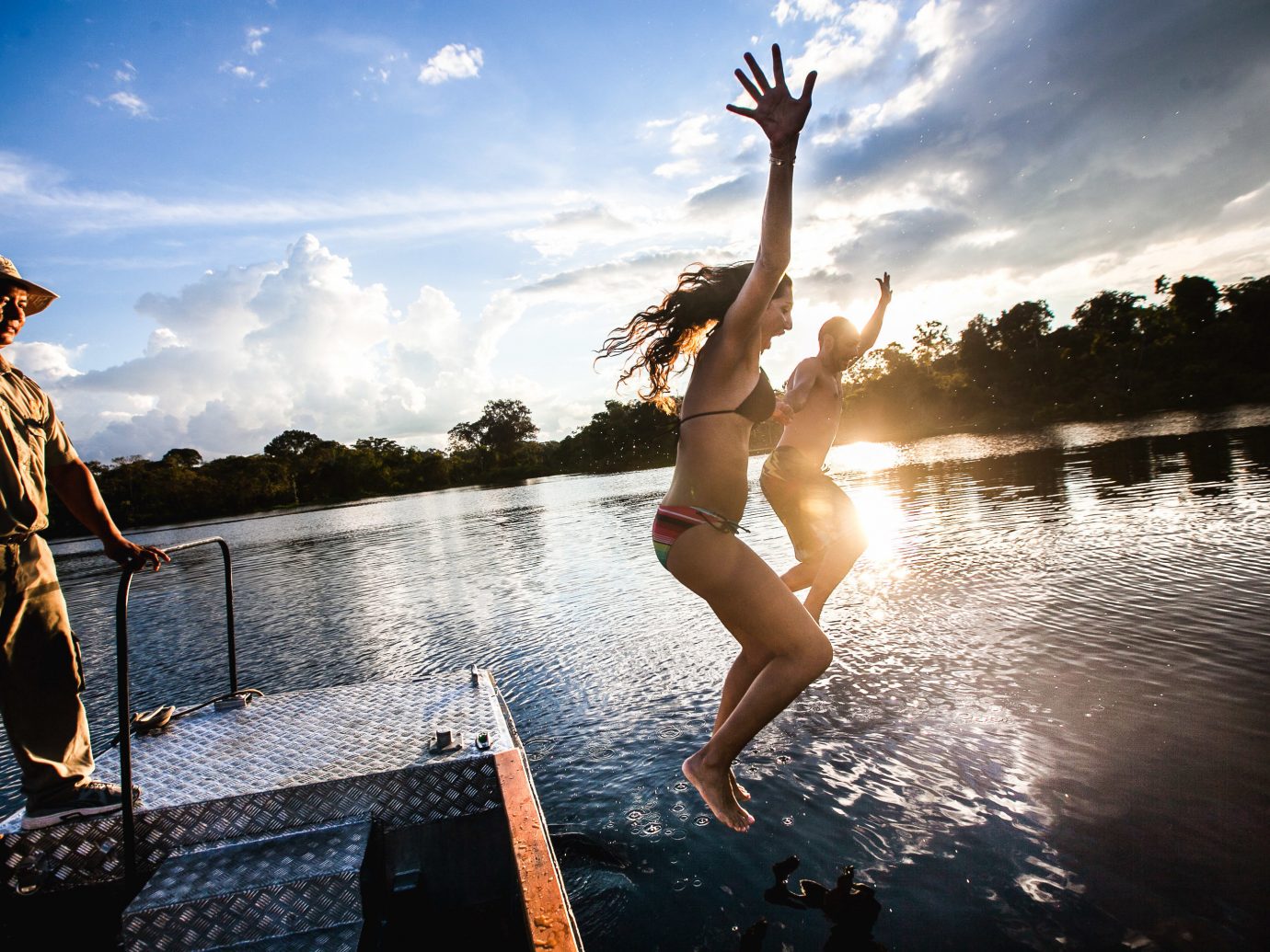
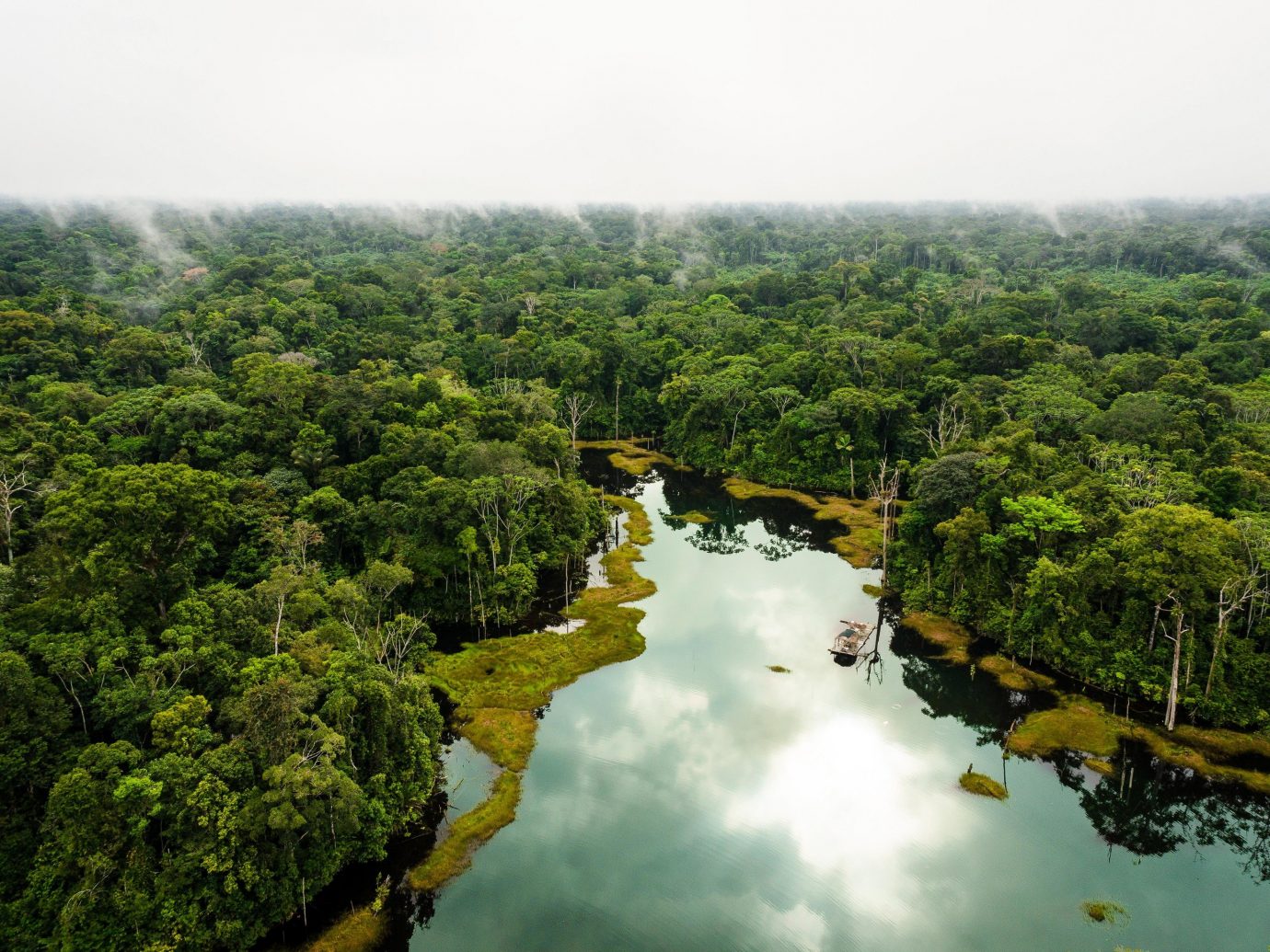
Be Prepared to Go Off-the-Grid (Like 100% Off-the-Grid)
Get in all your Instagram, SnapChat, FaceBook, and Candy Crush’n in before you land in the Amazon, because cell service and WiFi are basically nonexistent. Though iPhones and nearly every smartphone works just fine in Peru’s cities, you’ll likely catch nothing but a fleeting signal in the Amazon, and TBH—that’s for the best.
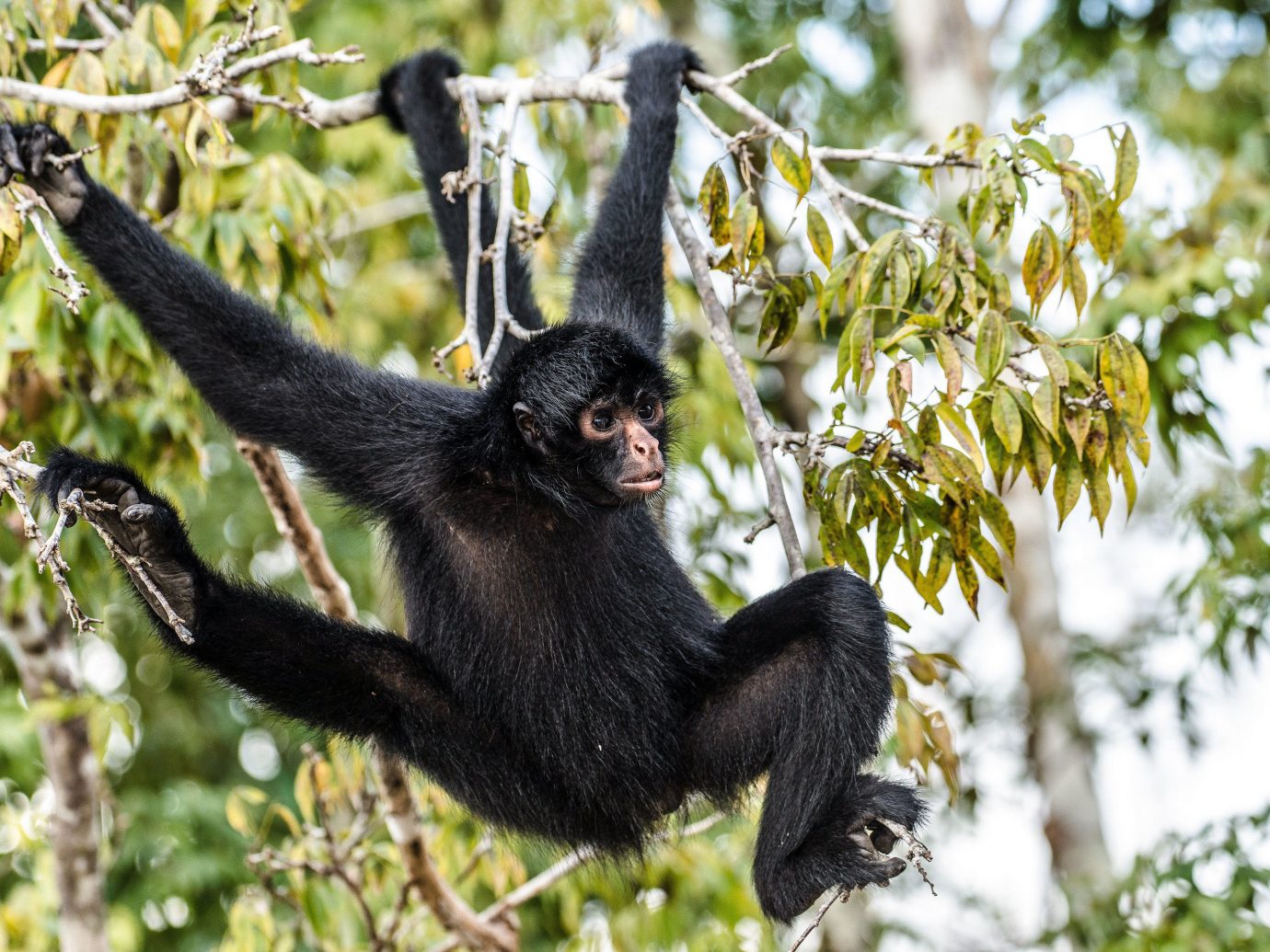
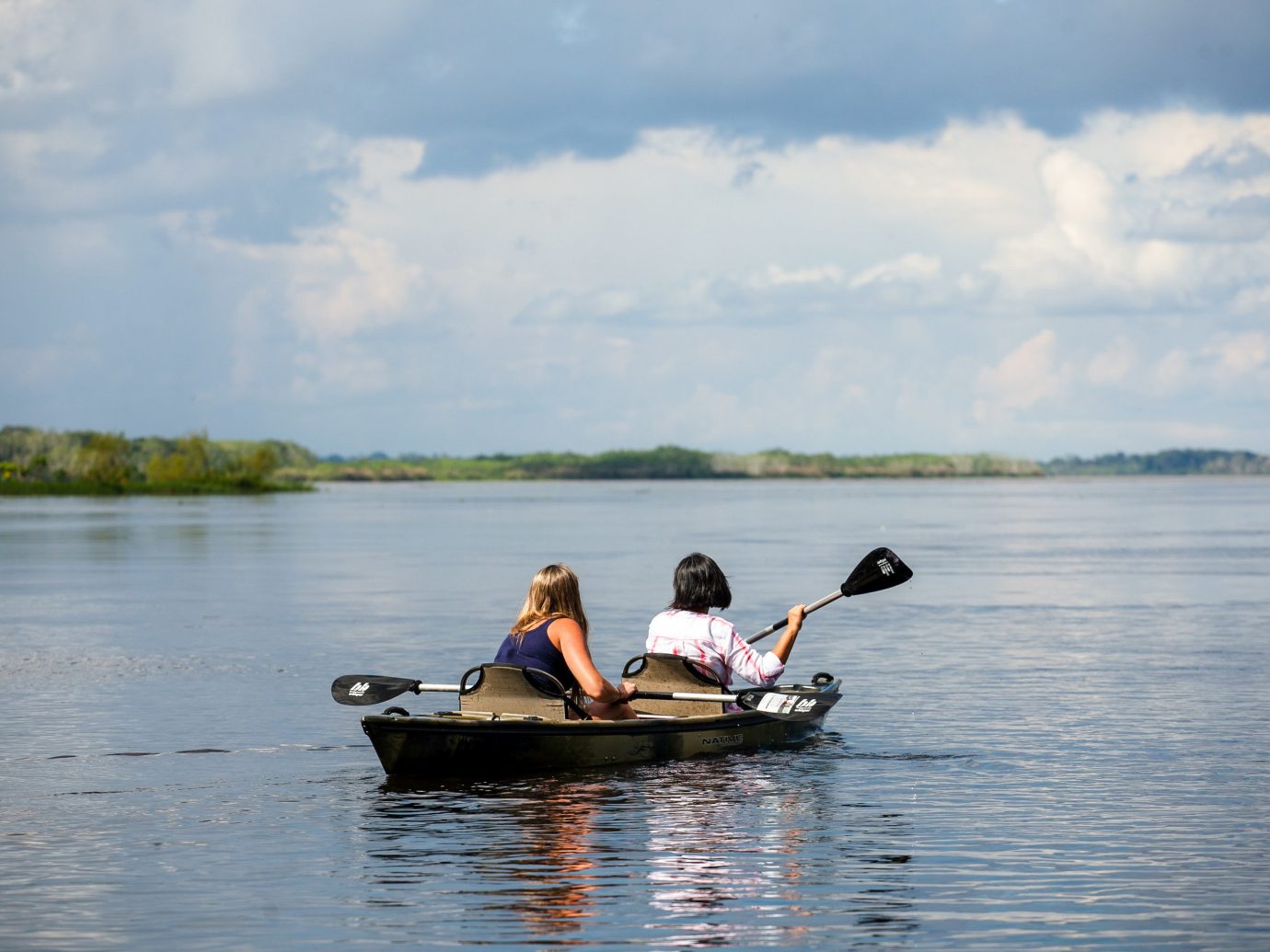
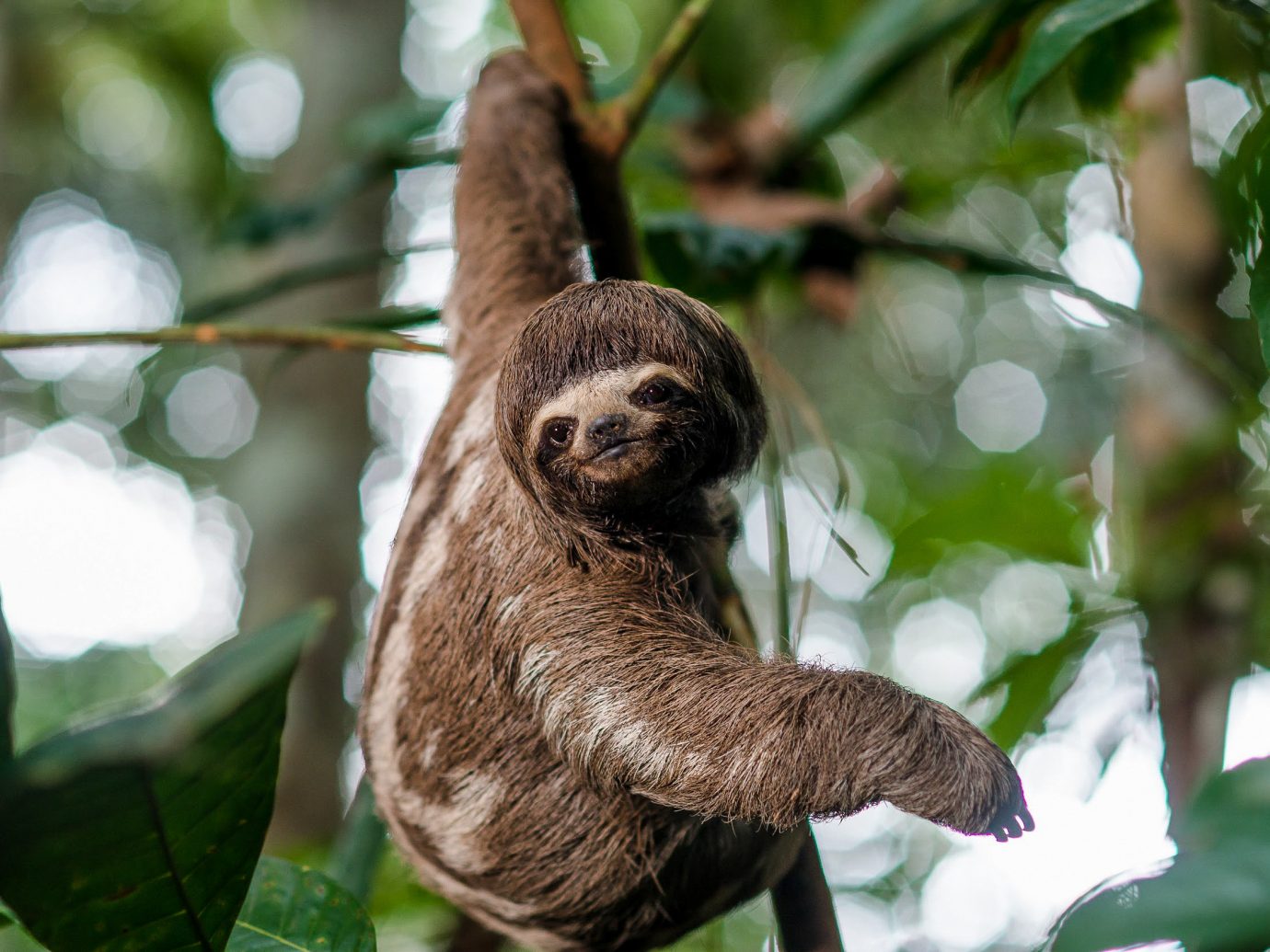
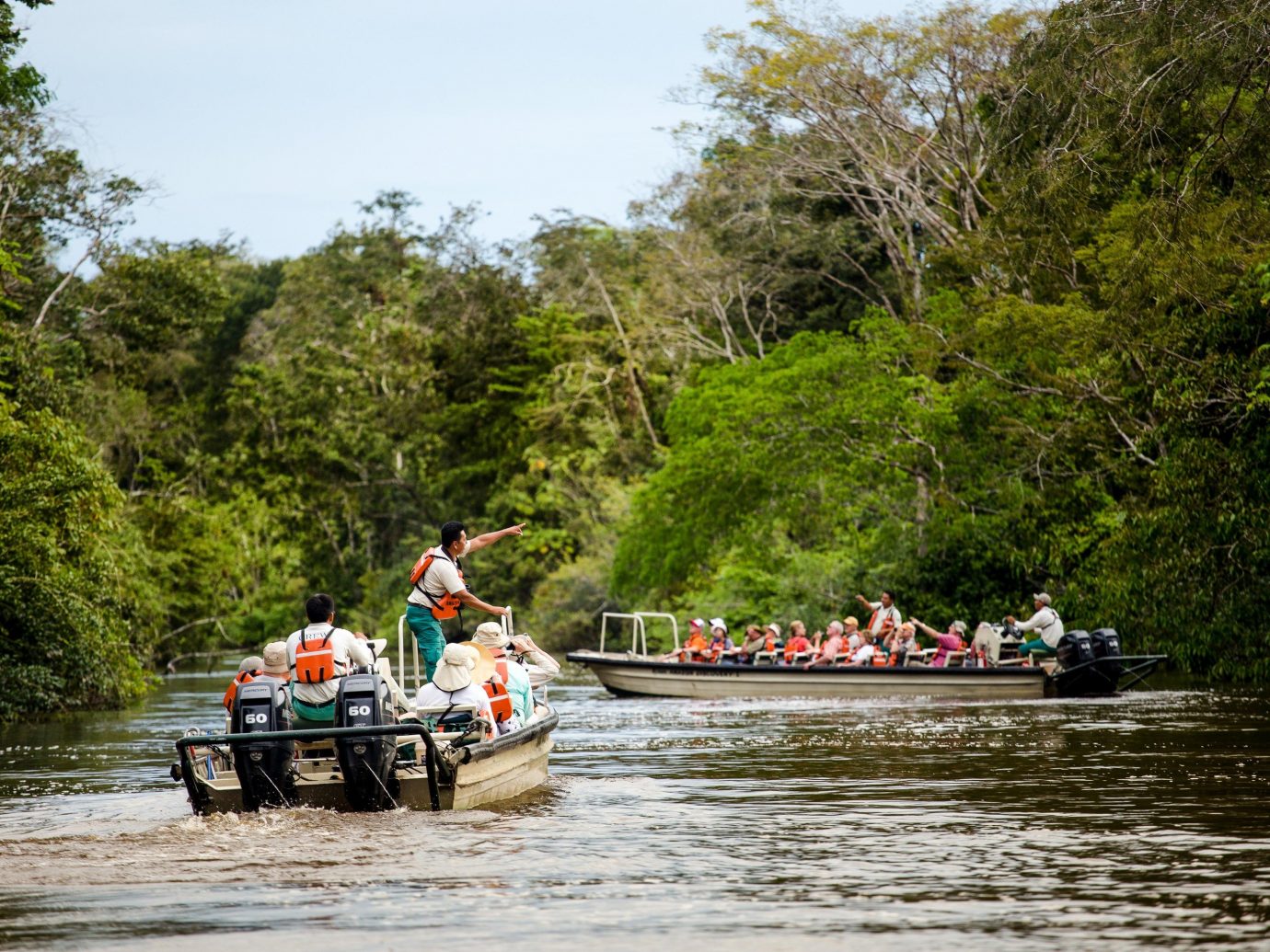
Wildlife Sightings Won’t Always Be the Same
As one of the most biologically diverse habitats on earth—see: 7,300 different types of flowering plants, 2,500 butterflies, 800 birds, 700 fish, 300 mammals, etc.—no two Peruvian Amazon excursions will have the same wildlife sightings. Just like expecting to see the Big Five on the first day of your African safari, the reality of seeing jaguars, giant anteaters, capuchins, and tapirs is slim to none. But with some patience (and binoculars), you’ll likely spot sloths, macaw, howler monkeys, and pink dolphins on the daily.
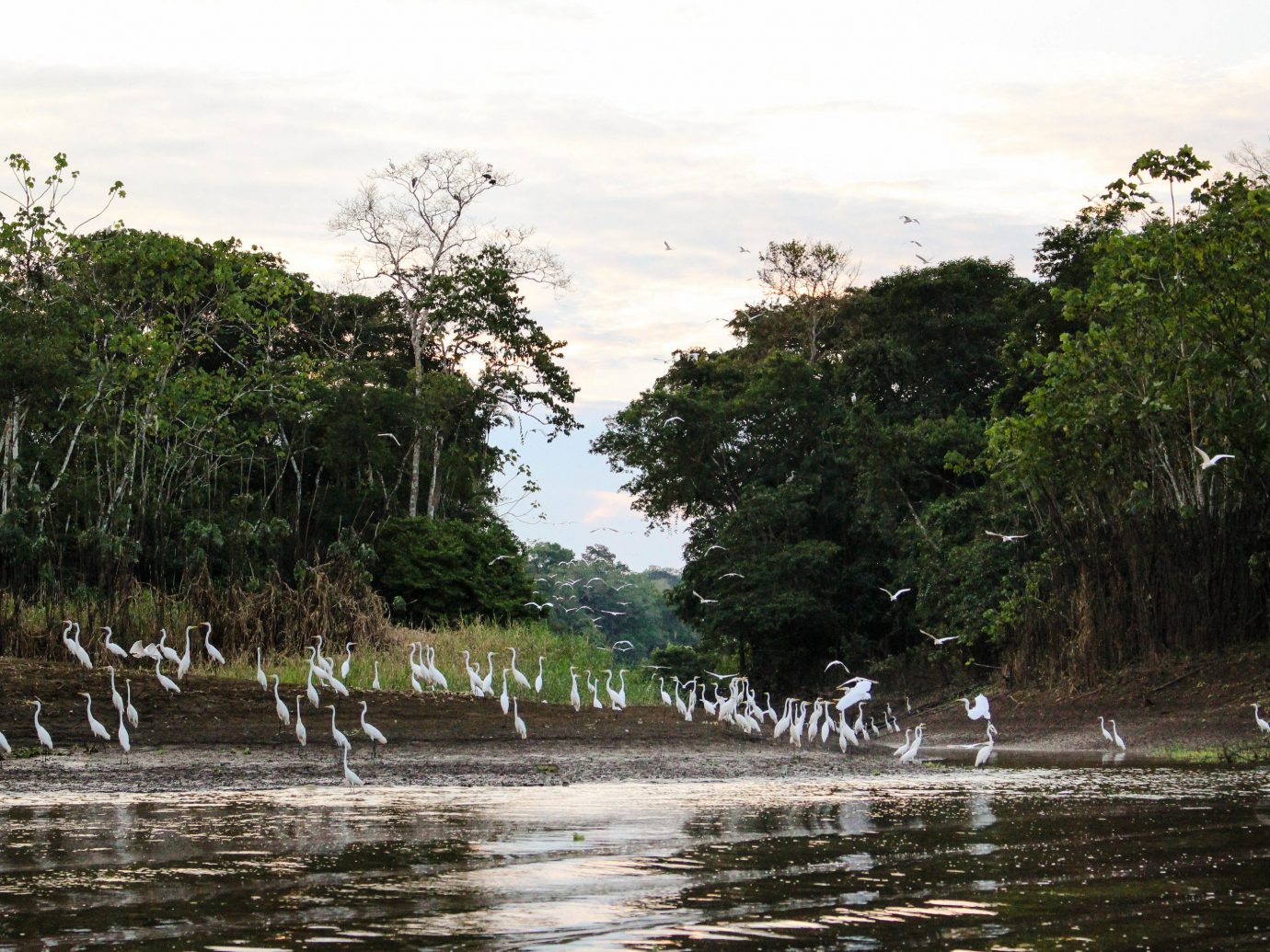
Don’t Underestimate the Mosquitos
Though no vaccinations are required to enter Peru, the CDC recommends Yellow Fever, Hepatitis A and B, Typhoid, and Rabies, as well as malaria pills. No anopheles mosquitoes (the ones which carry malaria) have been found along the Peruvian Amazon’s popular cruising routes, but it doesn’t hurt to be prepared. Whether you choose to be vaccinated or take medication, you should definitely carry 100% DEET and reapply throughout the day as Zika is also a concern (Peru is currently listed as Level 2, Practice Enhanced Precautions).
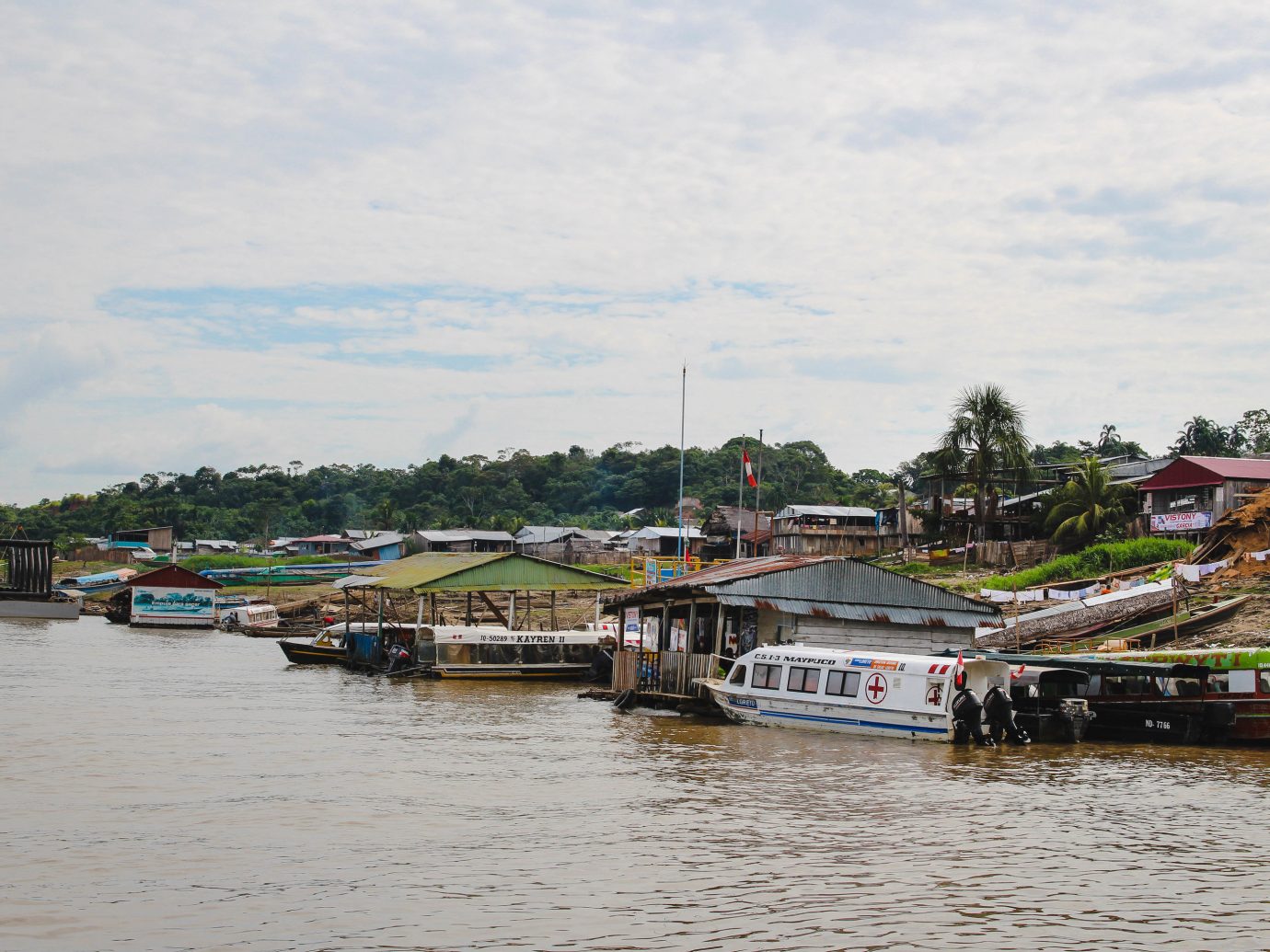
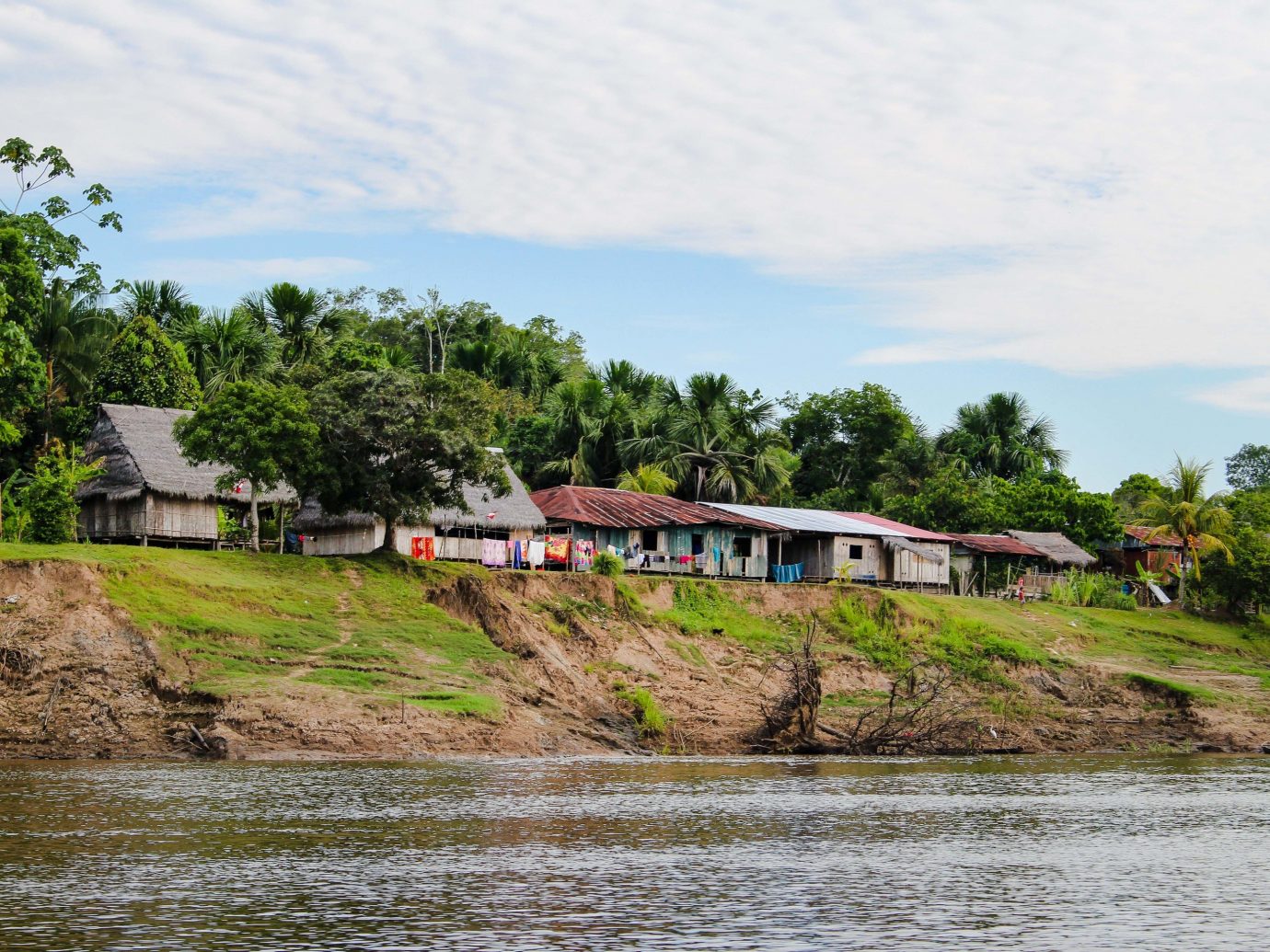
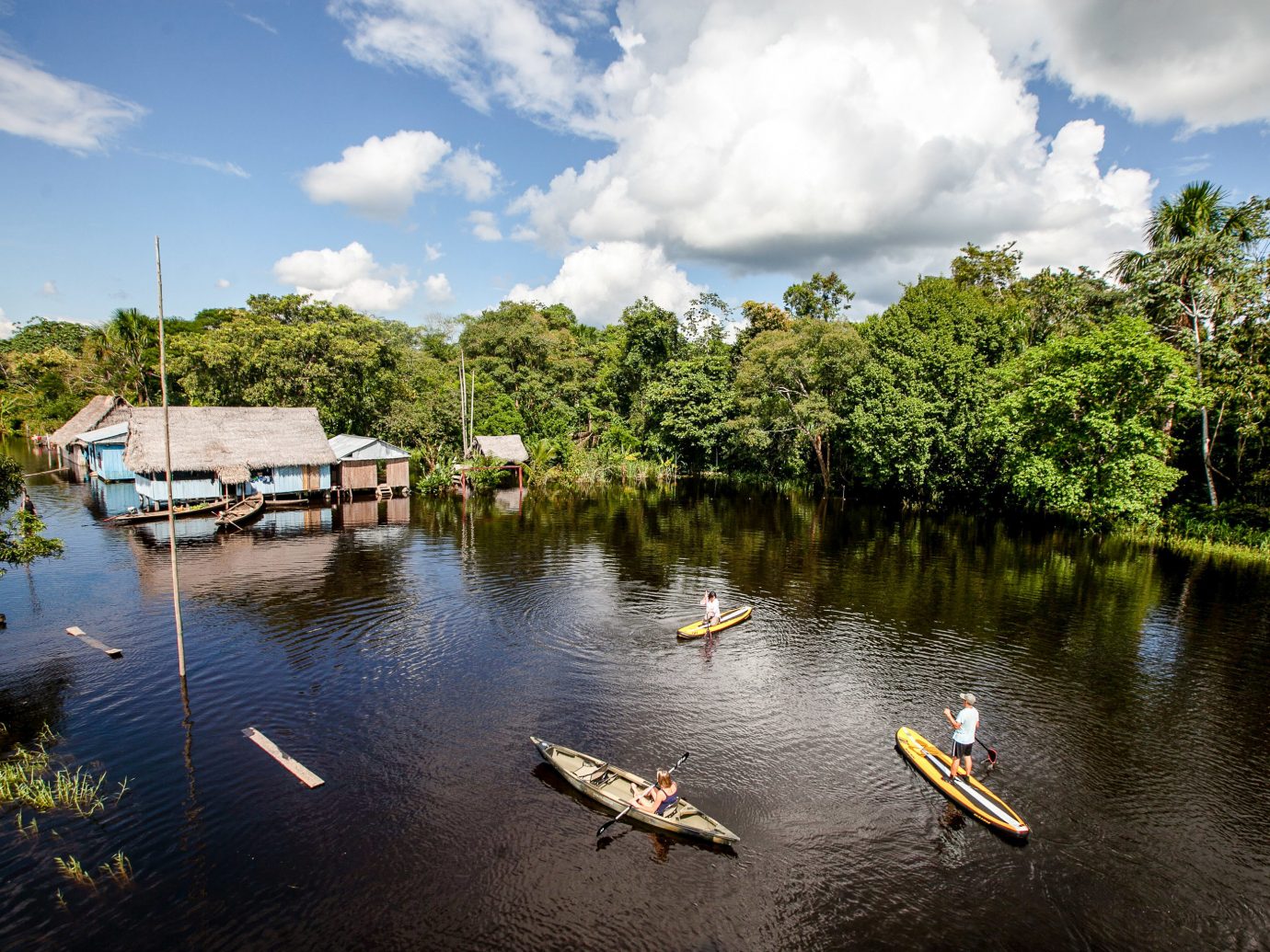
Build in Time for Lima, Pre-Amazon
Most Peruvian Amazon trips start and finish in Iquitos, a city just a 1.5-hour flight northeast of Lima. Being in such close proximity, you really have no reason to miss out on the capital’s eclectic art scene, historic monuments, and red-hot restaurants (three of which made The World’s 50 Best Restaurants list). Build in a pre-trip city stay and check in at Country Club Lima Hotel, in the quiet San Isidro neighborhood, and you’ll have the Huaca Huallamarca pre-Columbian temple, hip Miraflores district (with the six-mile, waterfront El Malecón and Parque del Amor), and plenty of parks, gardens, and green spaces right at your doorstep.
RELATED: The Coolest New Hotels in South America
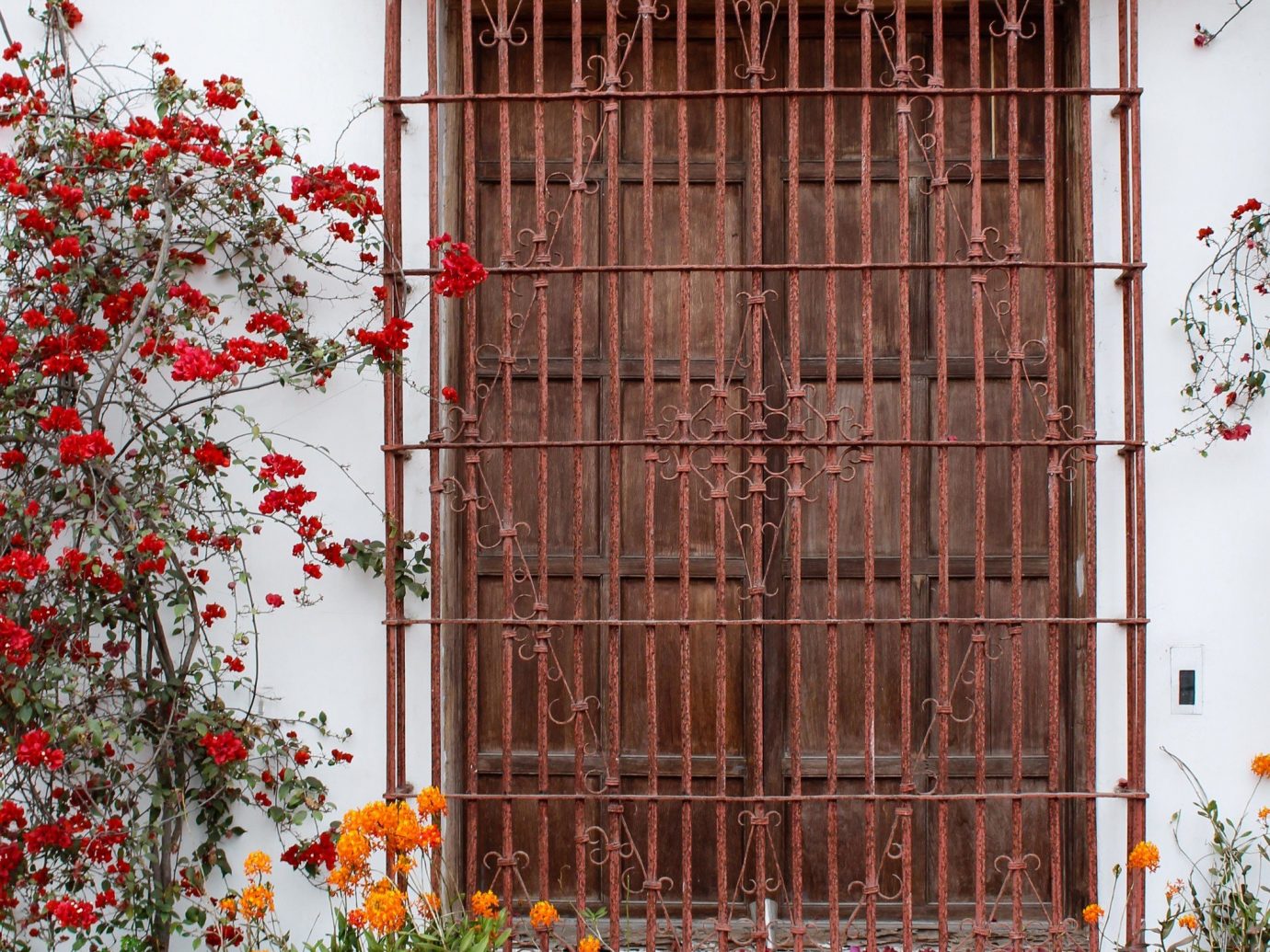

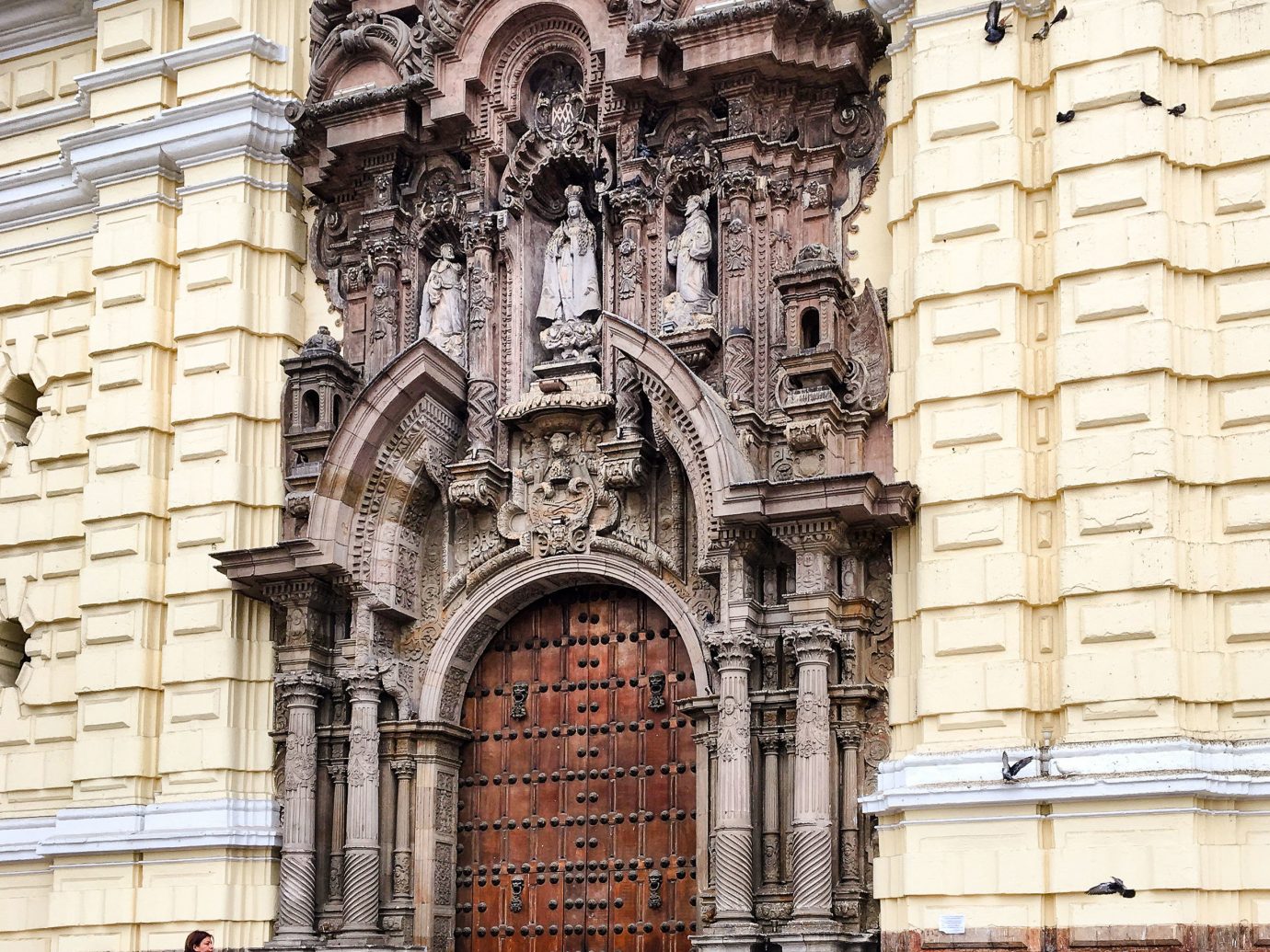
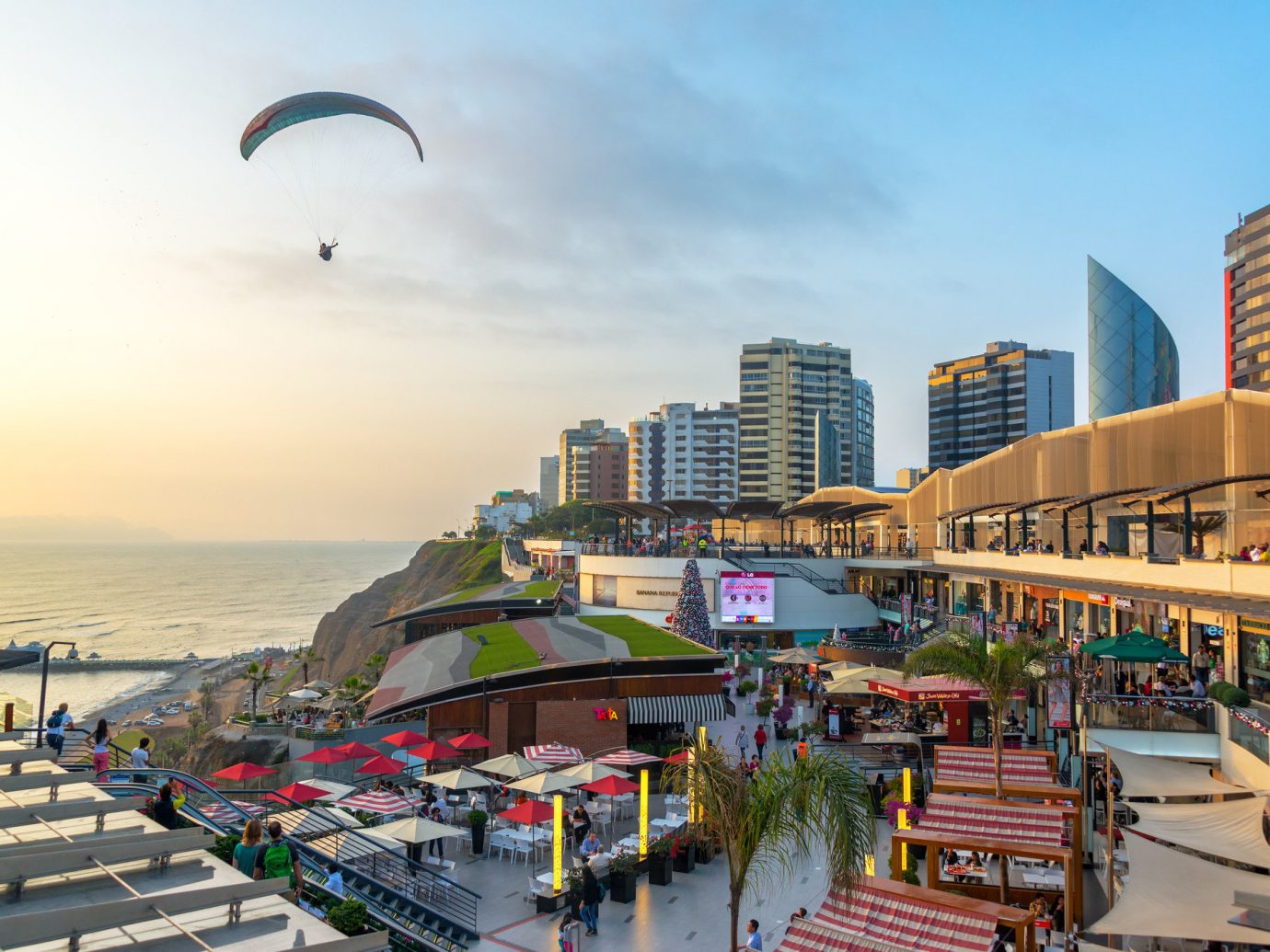
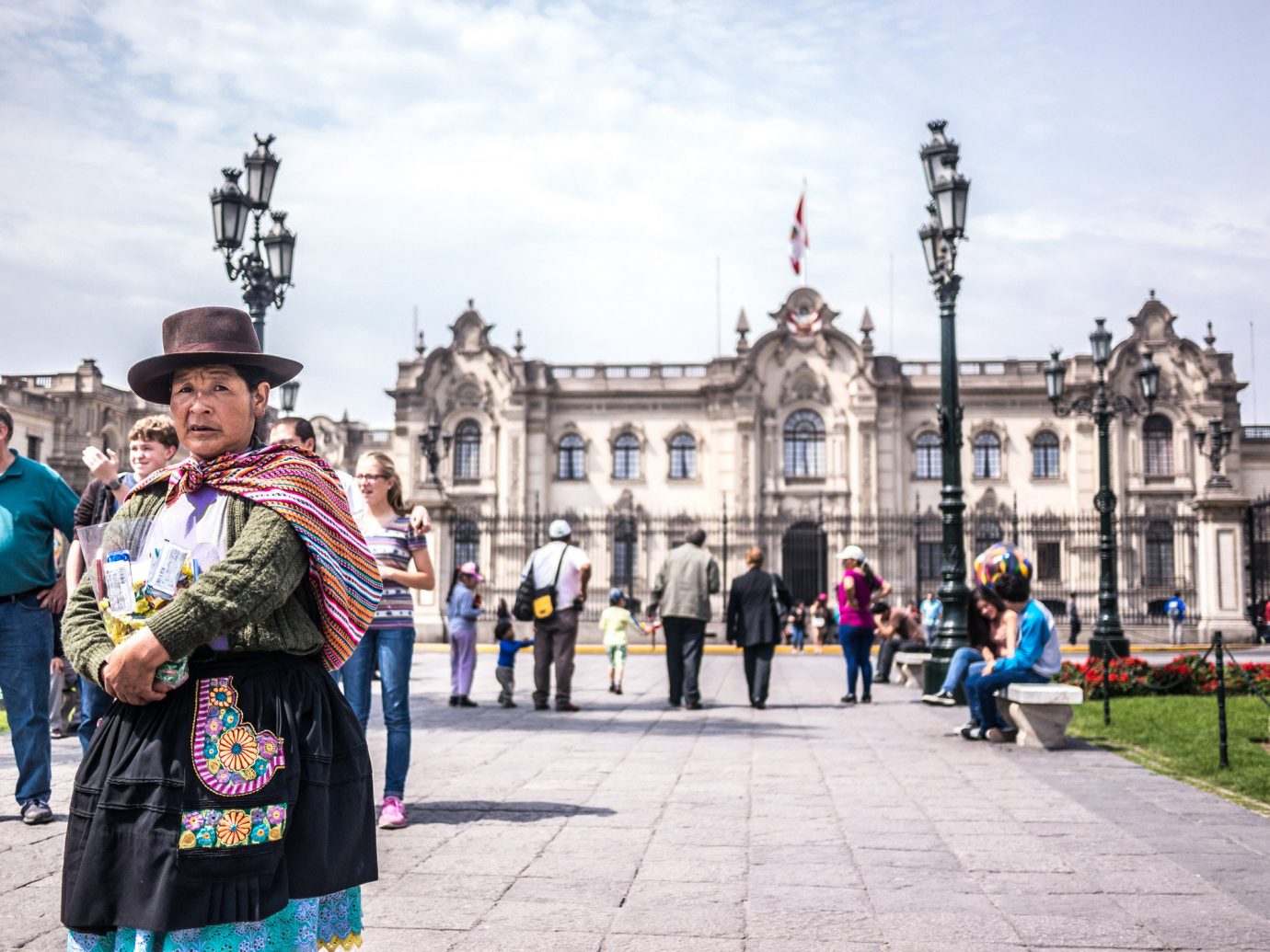
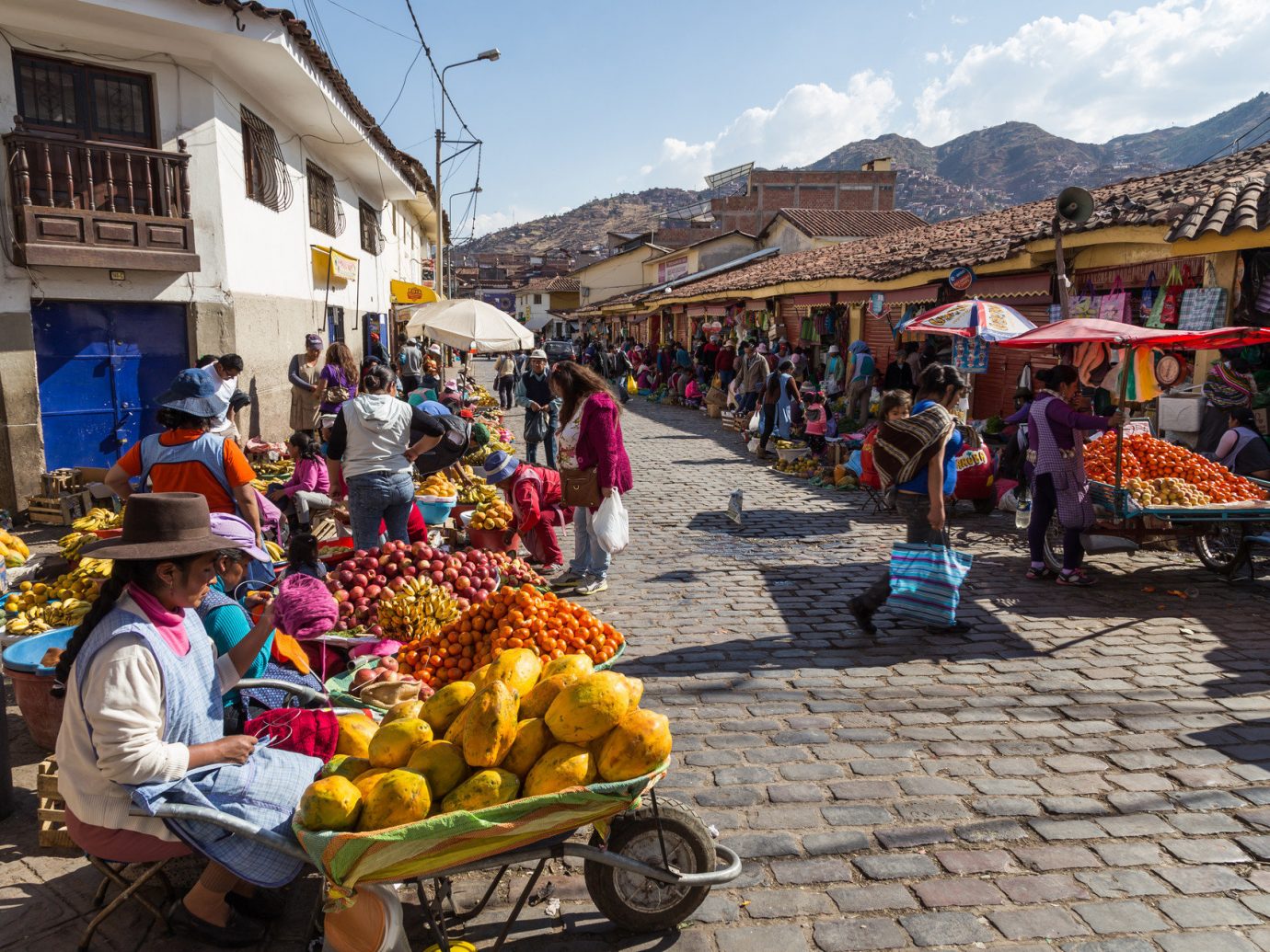
Consider Brushing Up on Some Basic Spanish
Nearly everyone in the tourism industry speaks English, but if you want to chat with locals in the villages you’ll need to break out your best Spanglish. Not versed in the romance language? Pre-trip, you can download Google Translate’s Spanish language package for offline use during WiFi-free days.
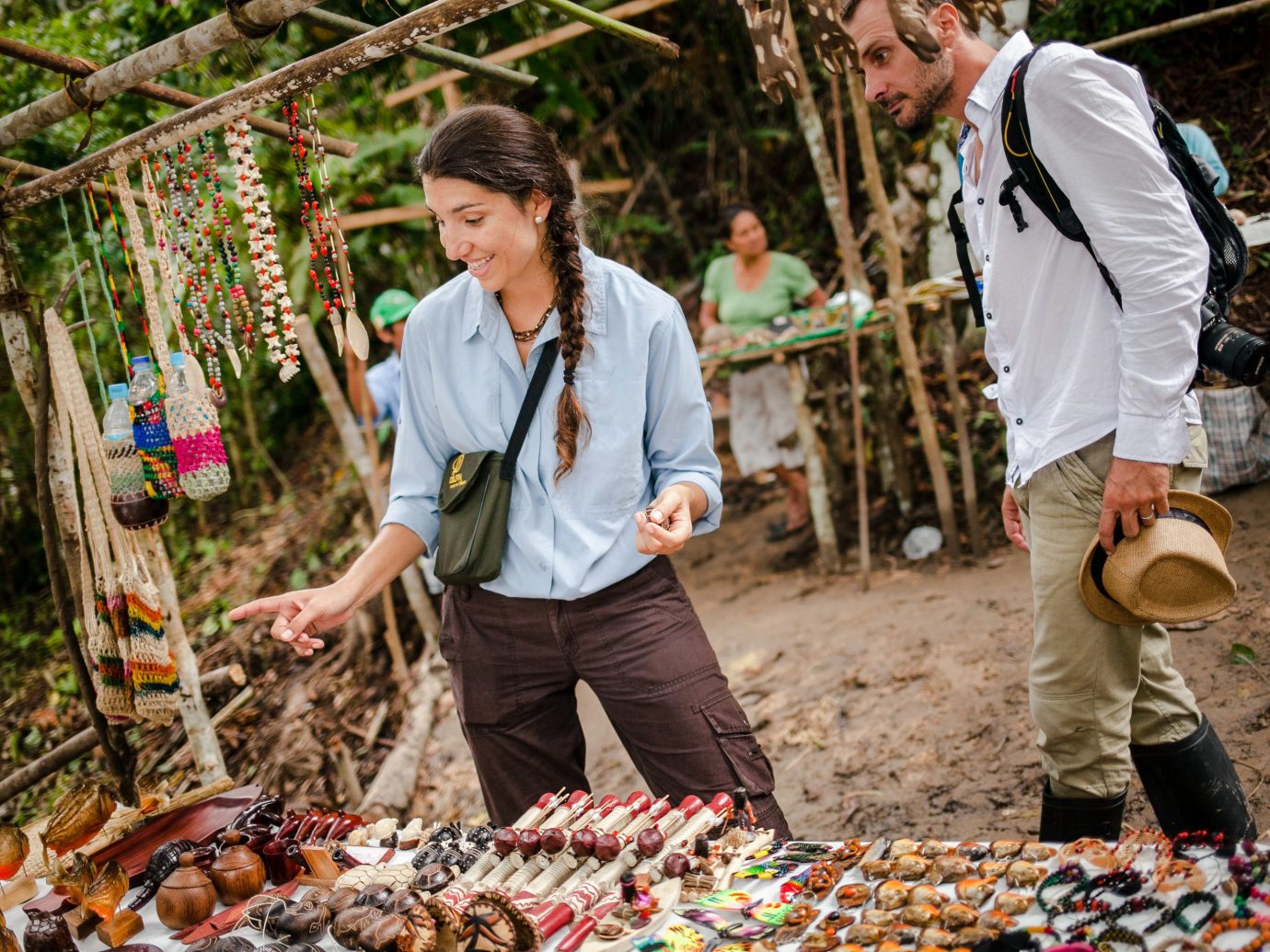
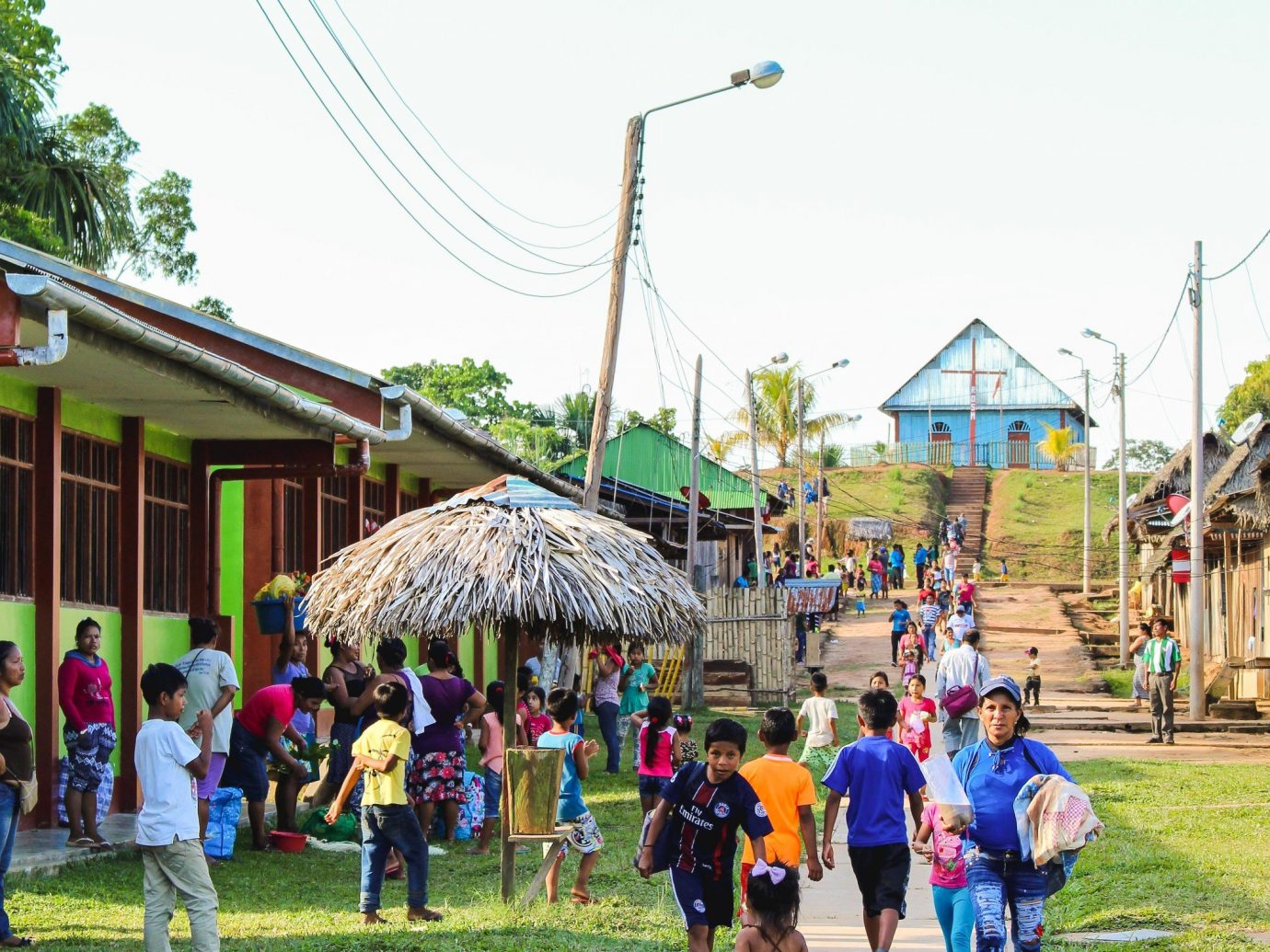
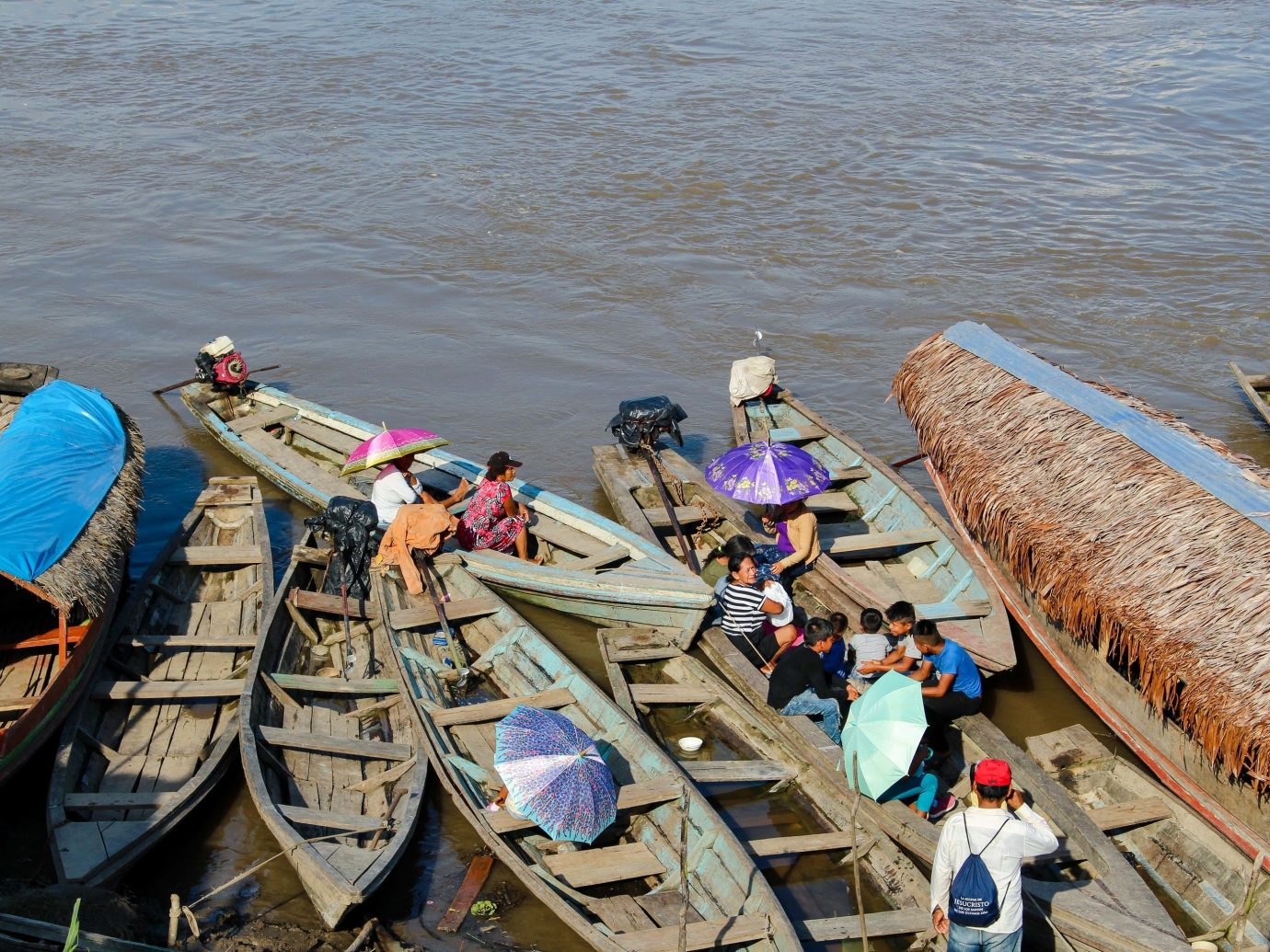
Pack ALL the Memory Cards
If you’re a frequent traveler you likely don’t need to be reminded of this, but be prepared to fill up your iPhone’s storage and go through a couple memory cards. Pack more than you’ll anticipate going through because most Peruvian Amazon trips start in Iquitos where there isn’t any access to camera accessories. And trust me—until you see a sloth in the wild, you won’t realize that it’s absolutely essential you have 350+ photos of them in their singular pose.
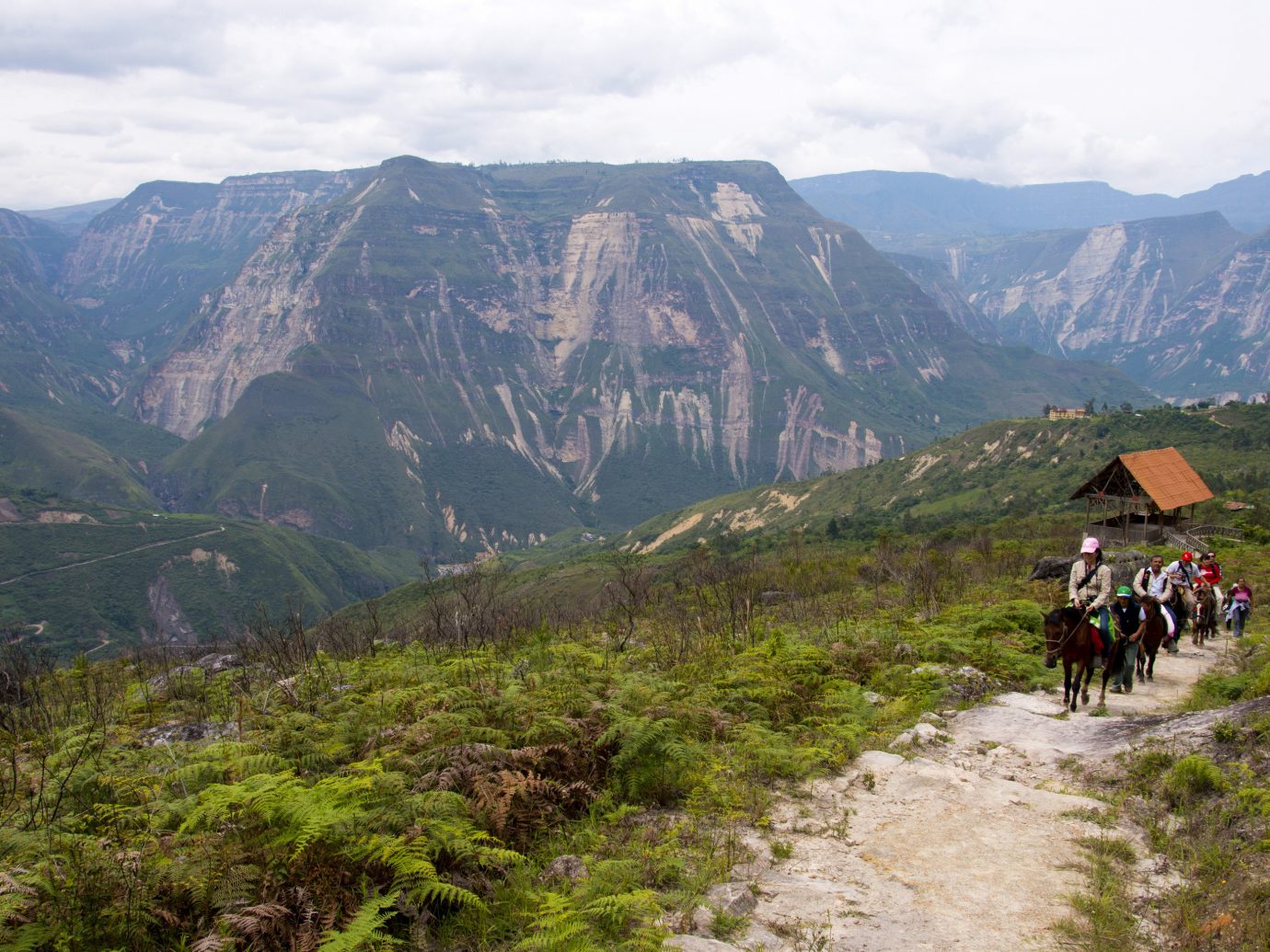
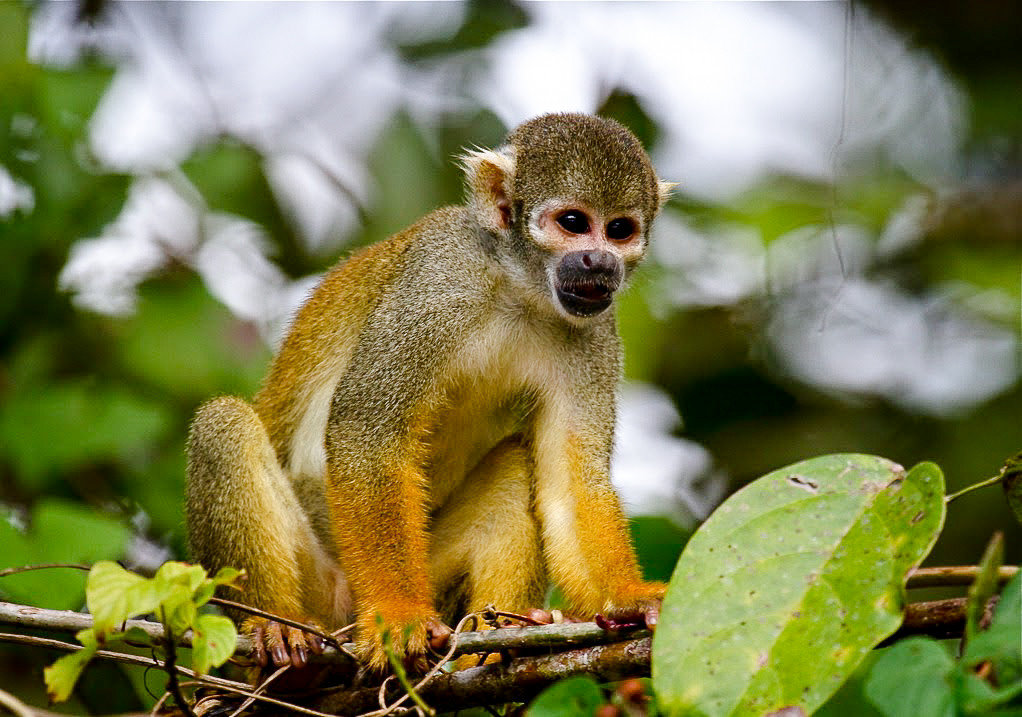
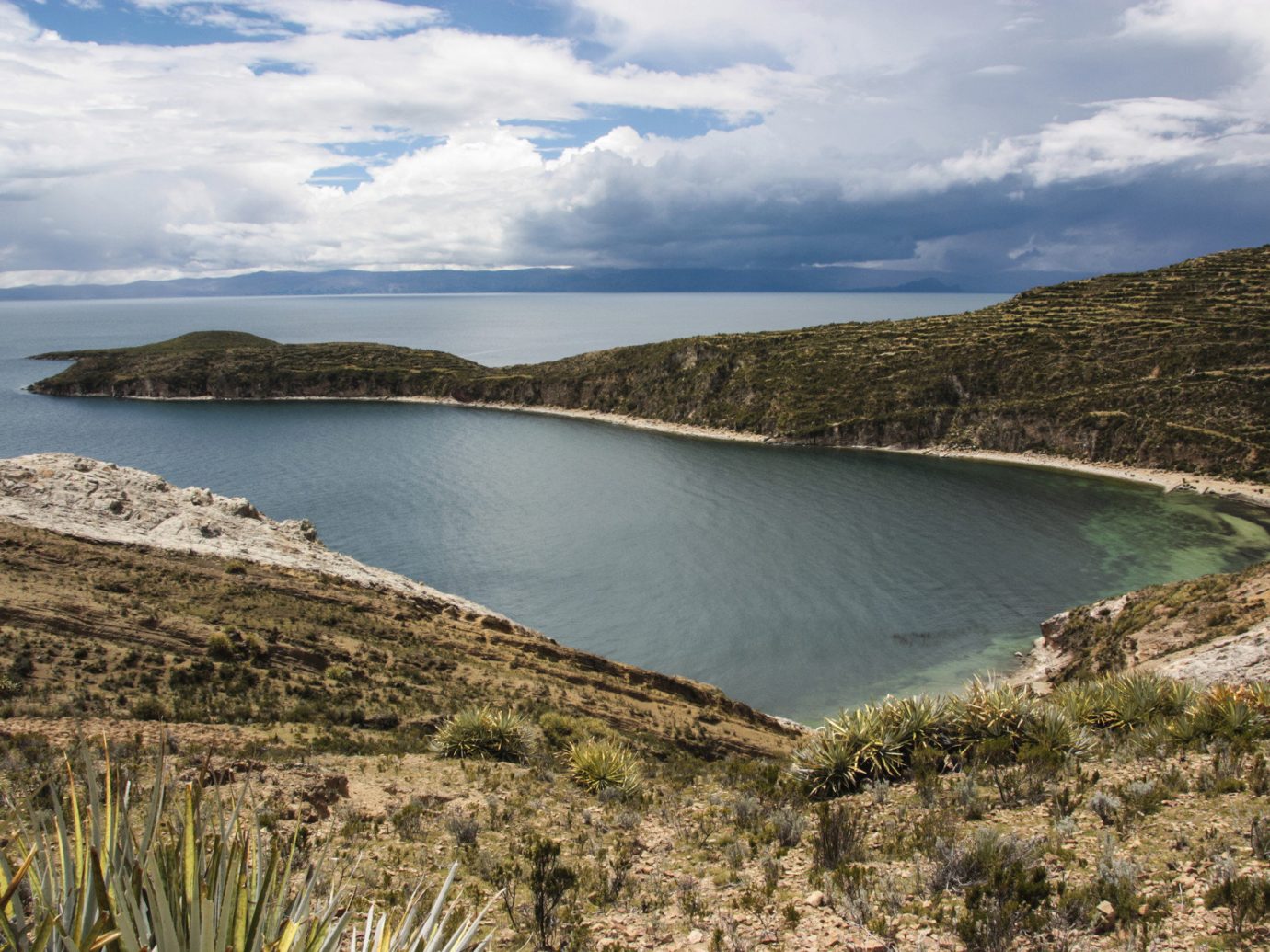
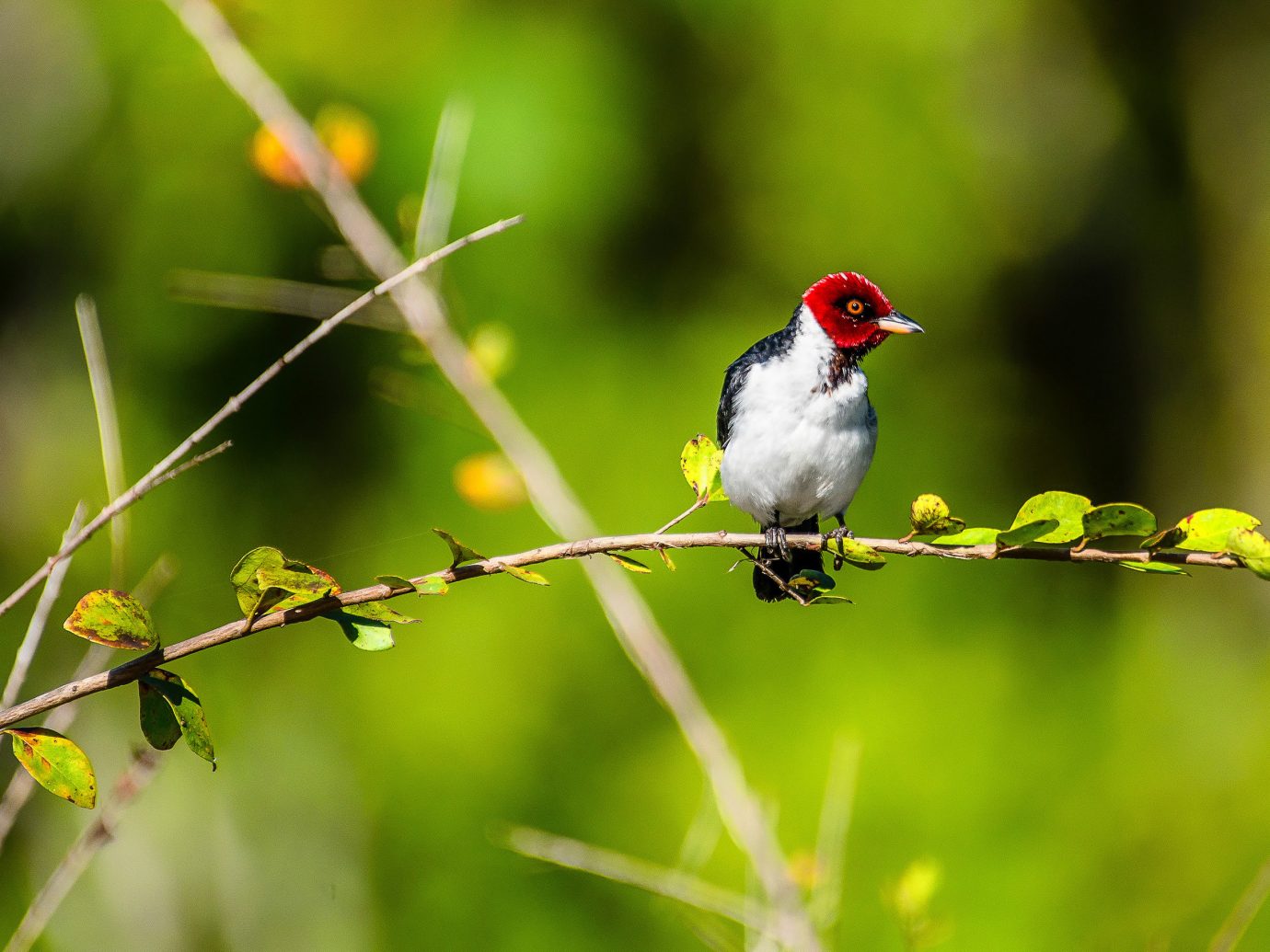
Want more?
- 10 Best All-Inclusive Resorts in the Riviera Maya
- The Best Carry-On Luggage
- Summer Makeup and Hair Products to Beat the Heat
Comments
All products are independently selected by our writers and editors. If you buy something through our links, Jetsetter may earn an affiliate commission.
Become a Jetsetter.
Use our insider connections to know where to go and what to do.
By proceeding, you agree to our Privacy Policy and Terms of Use.
Thanks for Signing Up!

